A Capital Plan by Jason Mowen
Words & Photography Jason Mowen.


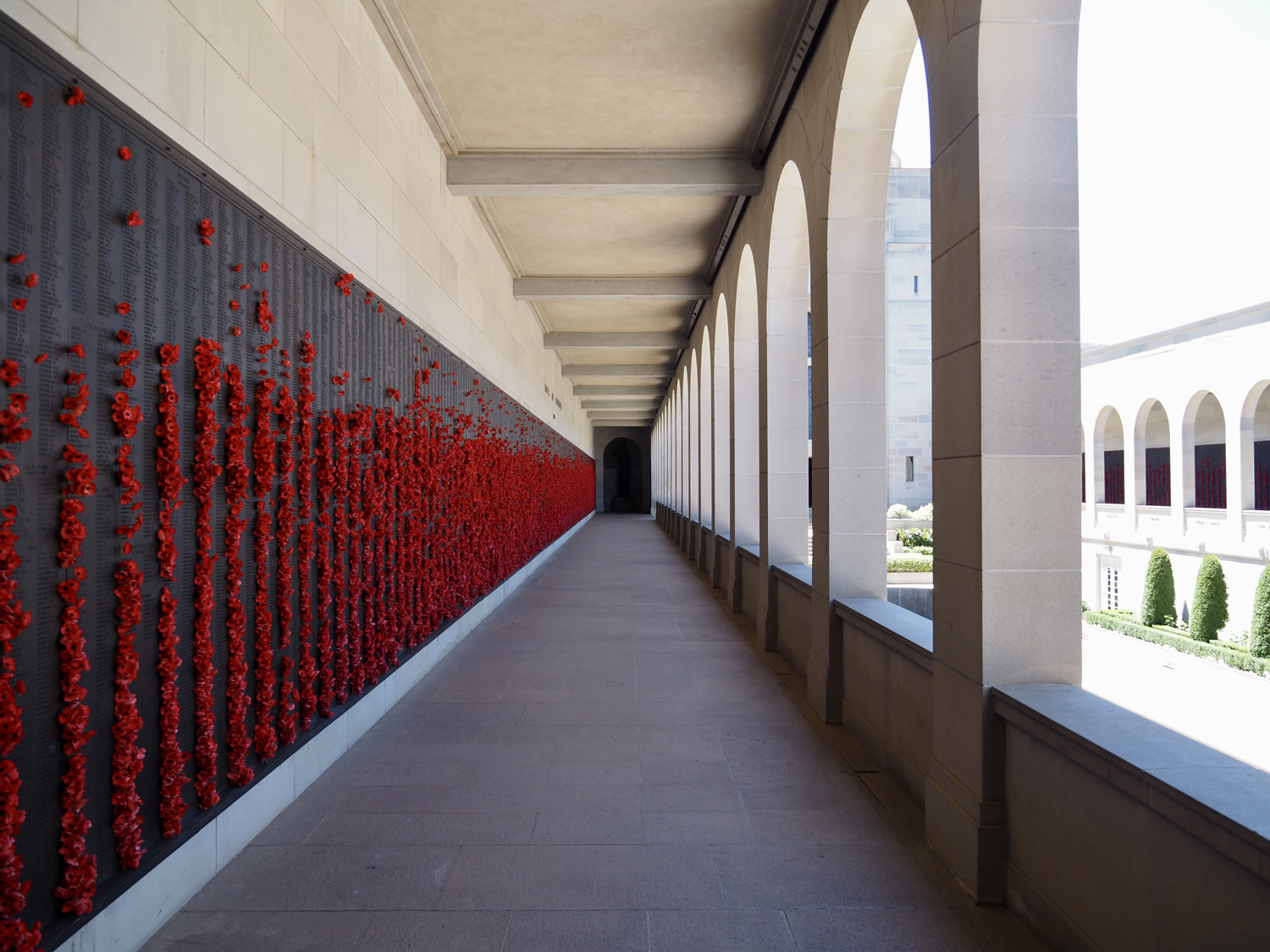
It was November 1911 and a Chicago woman had grown weary of her husband’s procrastinating ways. “For the love of Mike,” she said, “when are you going to get started on those capital plans? How much time do you think there is left, anyway? Do you realise it takes a solid month to get the drawings over there, after they have started on their way? That leaves exactly nine weeks to turn them out – perhaps you can design a city in two days but the drawings take time, and that falls on me. What’s the use of thinking about a thing like this for ten years if when the time comes you don’t get it done in time? Mark my words and I’m not joking, either you get busy this very day, this very minute, or I’ll not touch a pencil to the darn things.” Nine weeks later, a box of drawings too long to fit inside a taxi was rushed, car doors open, across the city to meet the last train that could meet the last boat bound for Australia.
They were Walter Burley Griffin and Marion Mahony Griffin, whose drawings were selected from 137 competition entries as the blueprint for Canberra, carved from the Australian bush upon Ngunnawal country as the fledgling federation’s capital to be. It was a feat of soaring imagination: with a sensitivity to the environment way ahead of his time, Walter based his design on the shapes of the natural landscape, the city centrally positioned between three hills and around an ornamental lake. Marion’s name was left off the competition entry and only in recent years has the importance of her renderings been recognised. She was, however, already a legend: Marion was not only one of the first licensed female architects in the world but the first architect ever hired by Frank Loyd Wright. Many believe a good chunk of Wright’s success was the result of Marion’s comprehensive and elegant delineations.
Walter’s glory, though, was to be short-lived. Within weeks of the result, departmental powers-that-be were already planning something cheaper and more practical. There’s a lot more to the story – a left-leaning precursor to Ayn Rand’s The Fountainhead, brilliant for a Netflix series. In a nutshell, though, the Griffins moved to Canberra to supervise its construction and after a handful of frustrating years, settled in Melbourne after realising their utopia was not to unfold as planned. Had Walter not died unexpectedly in India the following decade, his older version can almost be pictured on a stool in a dive bar next to Jè¸rn Utzon, swapping notes on scrimping bureaucrats and drowning their design sorrows.
A prime spot to contemplate the capital is the recently opened Walter Cafe. Lunch on the terrace – think summery Niè§oise, light-curried chicken and all Canberra region wines – comes with sensational views across Lake Burley Griffin to the National Library, National Gallery and the strange but wonderful National Carillon, majestic Aussie ranges behind. Inside, a work by Pina Ambrosino dances along the wall like the lovechild of Tamara de Lempicka and Fernand Lager, speaking to the city’s art-deco origins, above a leather banquette the colour of eucalyptus leaves.
Lake Burley Griffin was almost called Lake Menzies after Prime Minister Robert Menzies, who, following decades of disagreement, design modifications and setbacks, championed its construction in 1960. He insisted it be named after Walter – the first time the architect was acknowledged by the capital he designed. Then, three years later, Queen Elizabeth and Prince Philip trotted out to Canberra to admire the just-completed lake. Prolonged drought had prevented the lake from filling so a sleek pavilion was constructed for the monarch who had to make do with a scale model as she and the prince looked out across what must have been a dust bowl. The pavilion is now home to Walter Cafe and swank sister restaurant Marion, as well as the excellent National Capital Exhibition – a must for anyone wanting to know more about Canberra with jaw dropping water views through walls of glass.
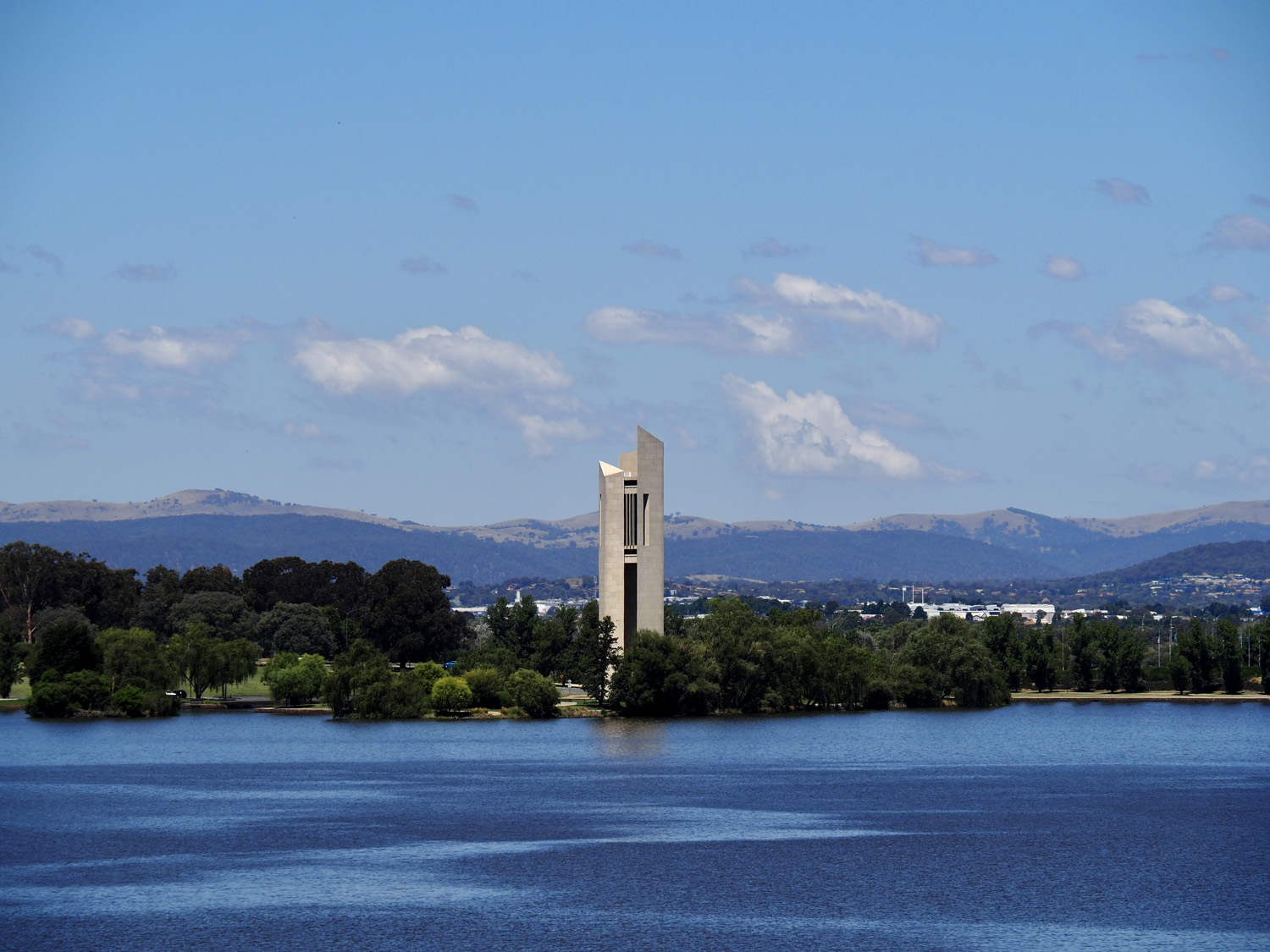
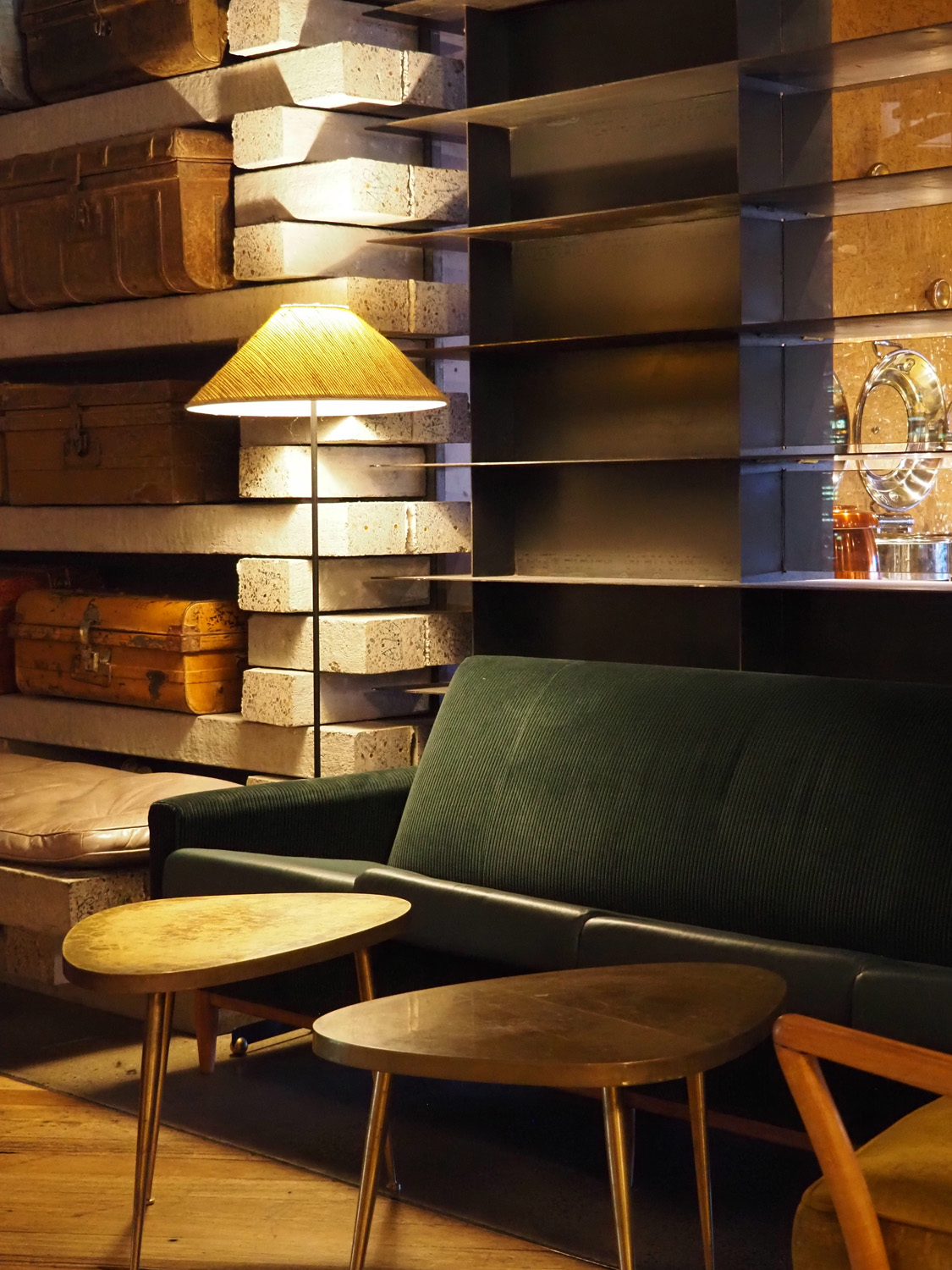
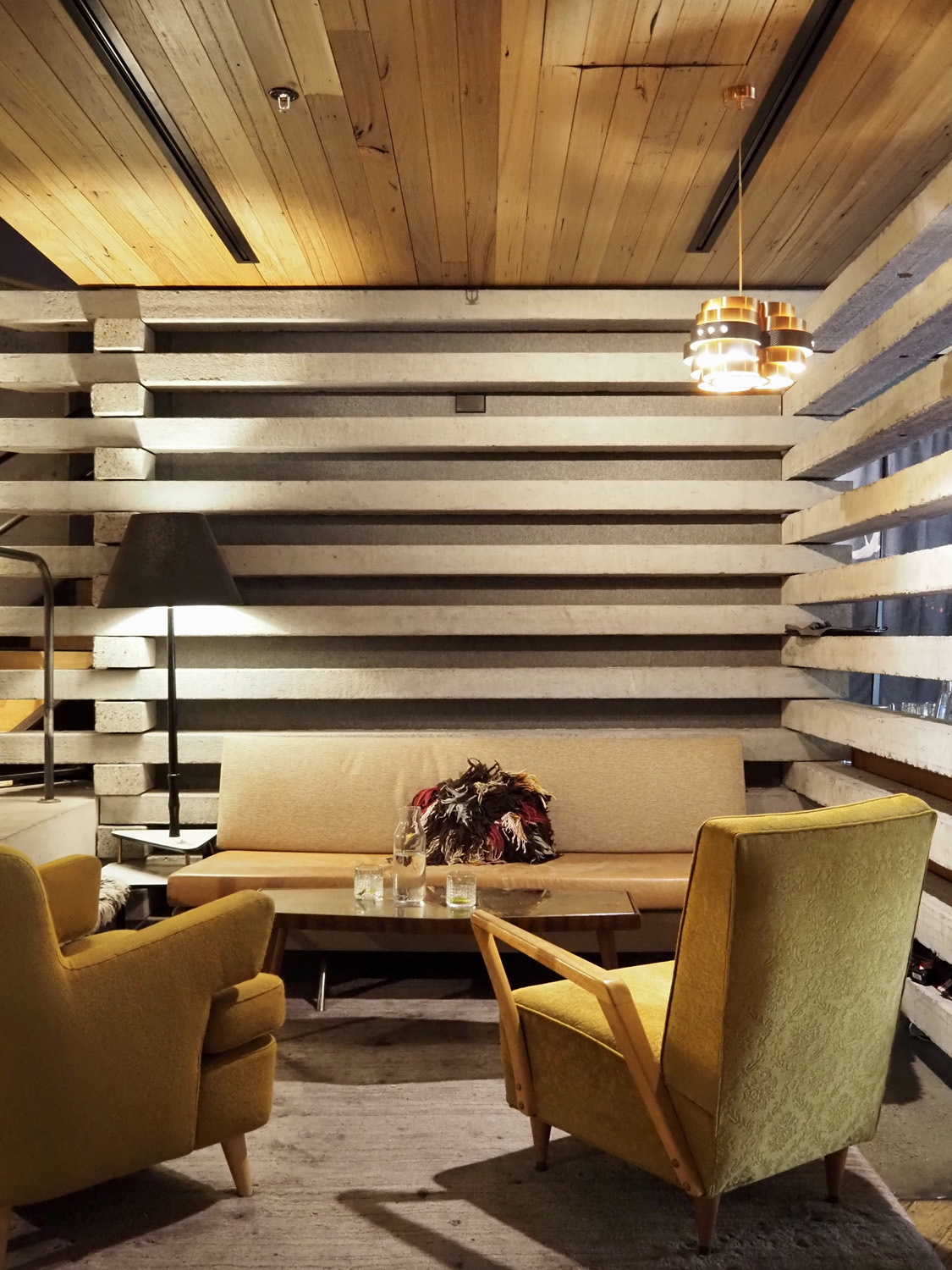
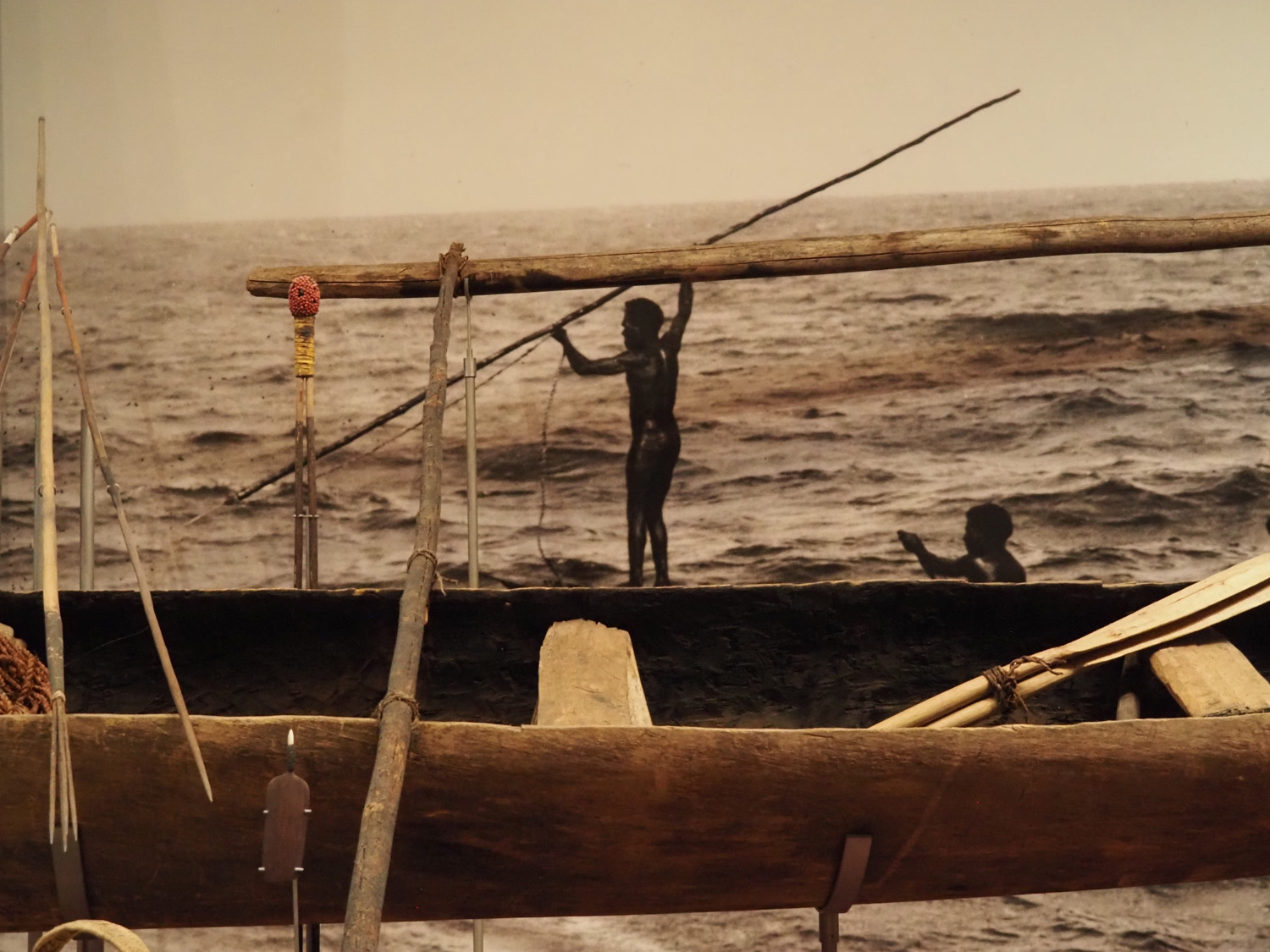
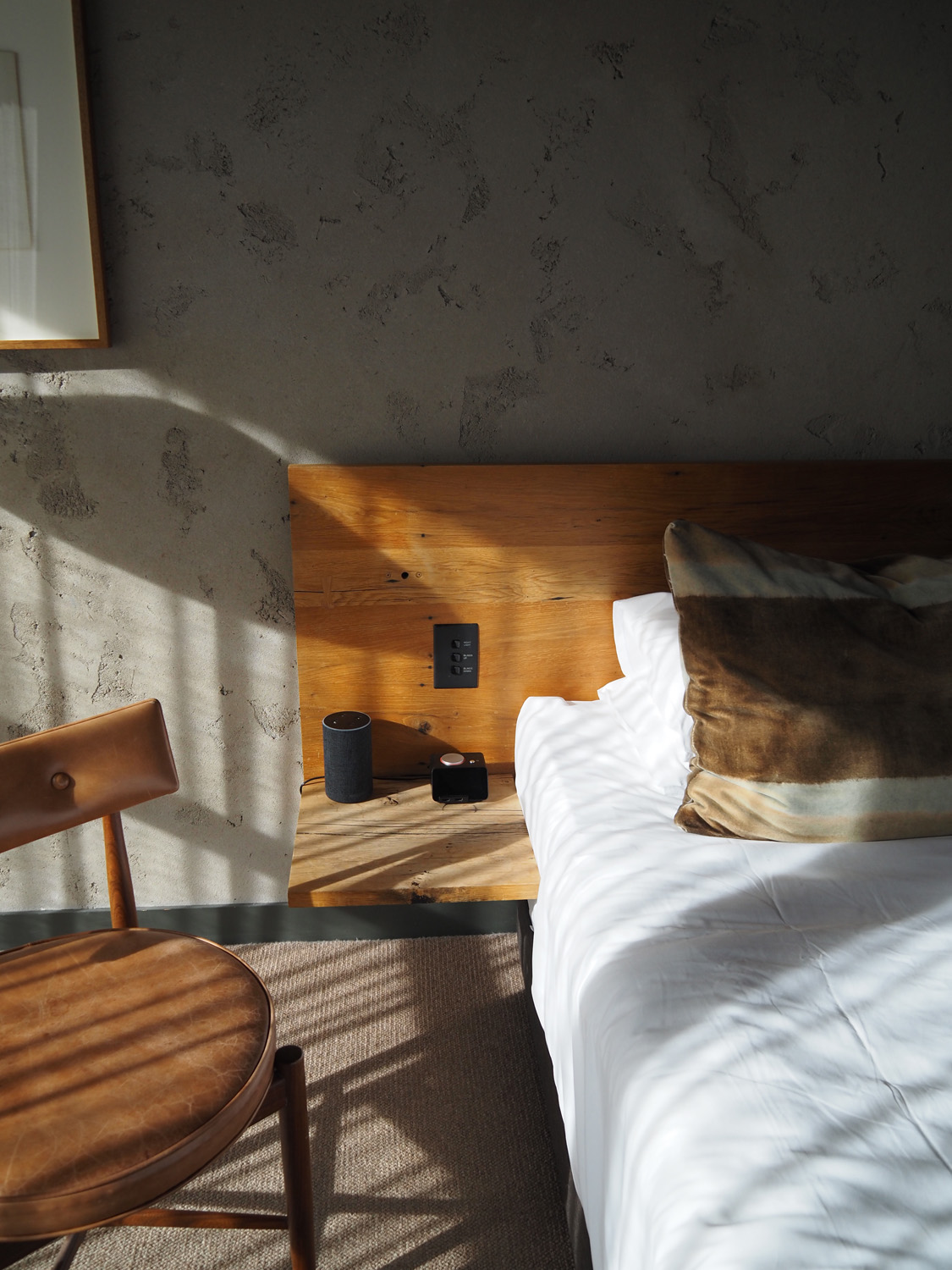

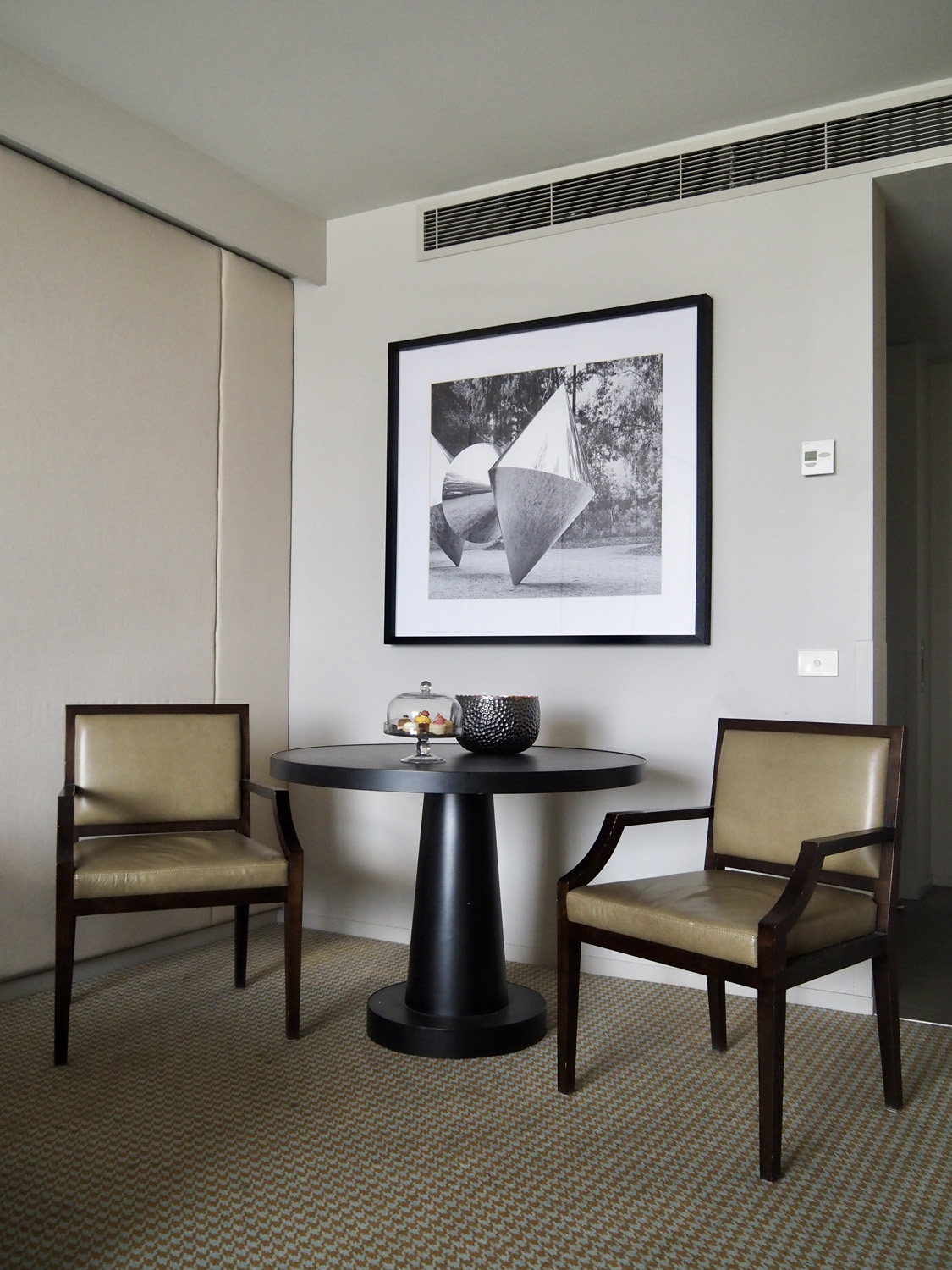
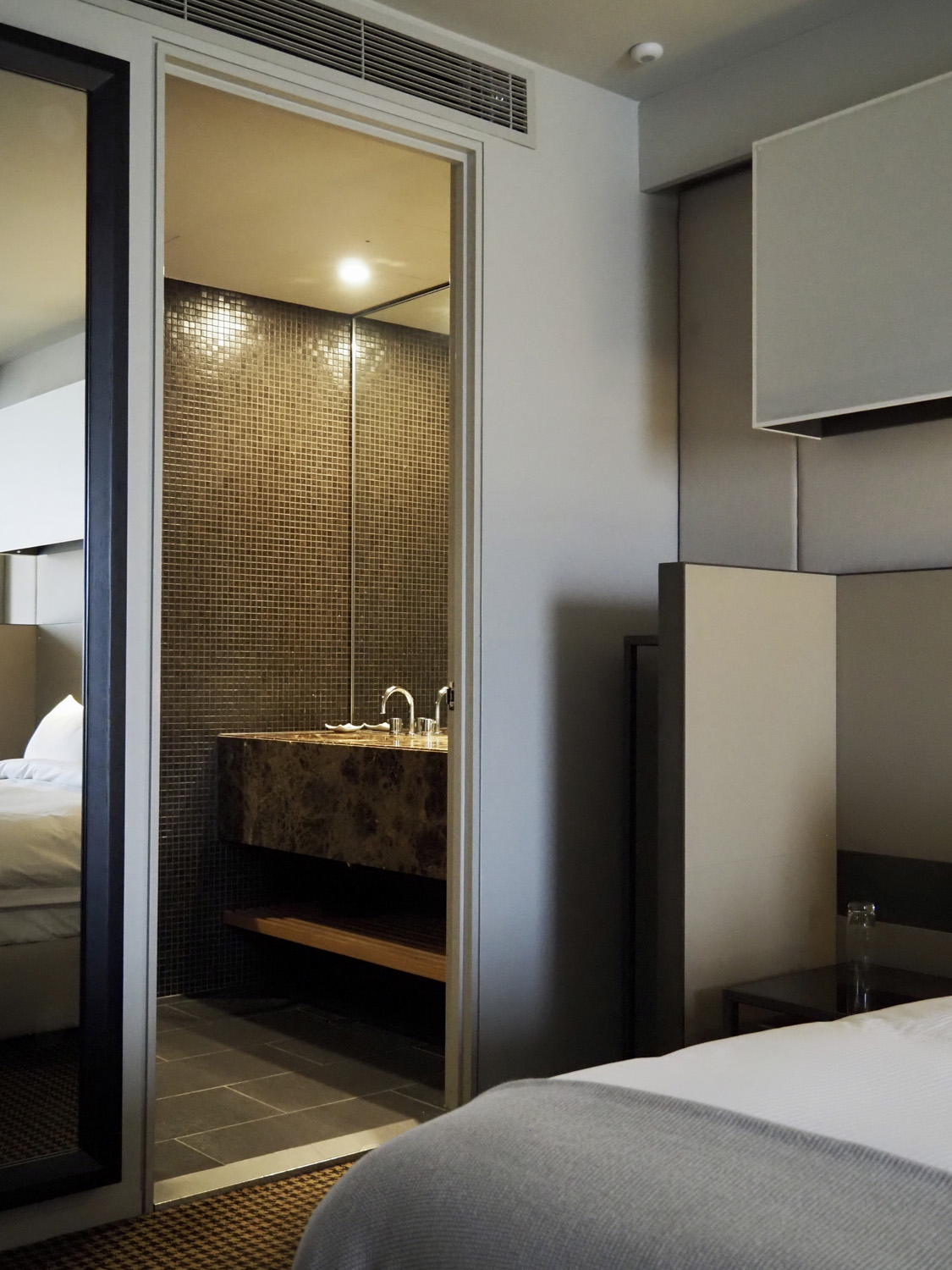
Key elements of Walter’s design are evident across the capital despite the watering down of his plans. UNESCO World Heritage status has long been on the table (with a nomination in 2009) but applications are expensive and unfortunately, this marvel of town planning is less revered locally than it is in other corners of the world. Yes, the city took longer than expected to take form, usually described over the years as “soulless” when compared to its dazzling coastal cousins. But as the roller coaster of 21st-century life careens dangerously around corners, Canberra’s order feels like a paradise.
Scottish architect, John Smith Murdoch, was the establishment to Walter’s freethinking idealism. The pair were initially friends and colleagues but fell out after a Royal Commission and never spoke again. Murdoch favoured a streamlined Renaissance style and created what has come to be known as ‘the Canberra line”, although his design of Hotel Canberra (1924) was more than a little Prairie School evocative, the new-world Arts & Crafts movement championed by the Griffins and Frank Loyd Wright. Extended and relaunched in the 1980’s as Hyatt Hotel Canberra, accommodation in the modern wing radiates off a light-filled atrium of Memphis-like angles, guest rooms with sprawling bathrooms slathered in chocolate marble. The grand dame’s original wings remain intact and take the names of past prime ministers, Murdoch’s more classical urges on show in elegant spaces such as the tea lounge. Wrapping around verdant courtyards, a pair of window-lined corridors flank the lobby and lead to the just-renovated Heritage Rooms and the 240m2 Diplomatic Suites.
Just across leafy Commonwealth Avenue, Murdoch designed everything down to the waste-paper baskets at his colossal wedding cake of a masterpiece, Provisional Parliament House – now Old Parliament House and home to the Museum of Australian Democracy. Don’t miss the Prime Minister’s Suite – done over in 1972 and surprisingly chic – occupied by Gough Whitlam, Malcolm Fraser and Bob Hawke before parliament moved to its new home up the hill. It’s a vast complex of surprisingly moving moments. A nondescript room just beyond the PM’s office, for example, screens the documentary Prime Ministers on Prime Ministers, where past leaders left and right list only the things they liked about those who came before and after them. A generous spirit and you contemplate for a moment what is possible – then on the lawn in front of the building you arrive at the Aboriginal Tent Embassy, which began as four indigenous men fighting for land rights under a beach umbrella in 1972, and realise how far we still have to go.
Canberra’s cultural offerings extend way beyond the political. Monumental lakeside beauty, the National Library, incorporates Tom Bass’s The Lintel Sculpture into its stripped classical facade, as well as fabulously kaleidoscopic stained glass windows by Leonard French. Three modernist tapestries by Matheiu Mategot hang banner-like inside the erudite sanctuary, while a Henry Moore reclines outside on a terrace. Across the lake, the National Museum showcases Indigenous culture, alongside the epic forces of nature that have made and remade the continent over billions of years. The galleries “First Australians” and “Great Southern Land” are bold, thought provoking and fabulously curated, and especially powerful after the tent embassy in a look-what-is-possible way.
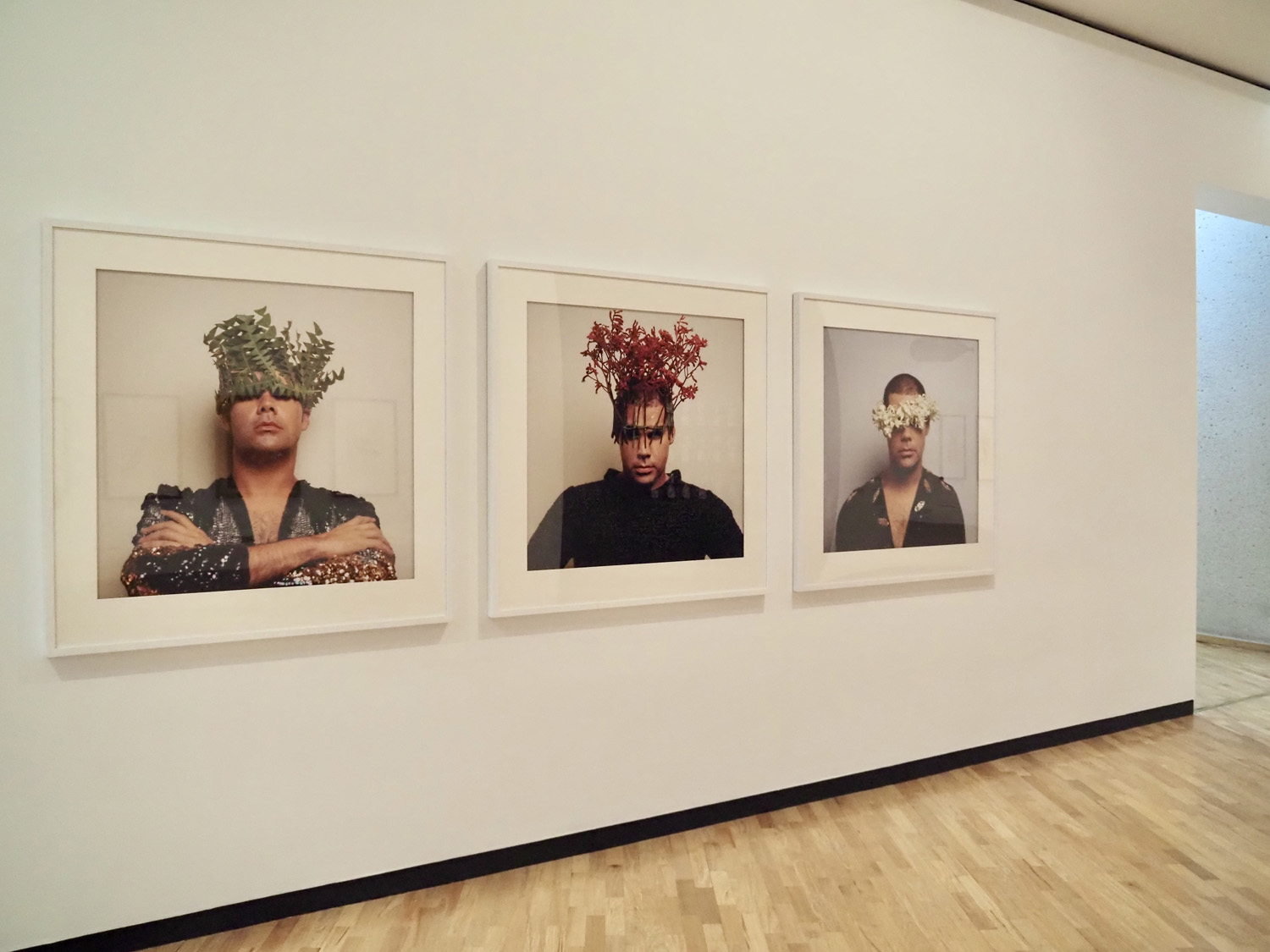
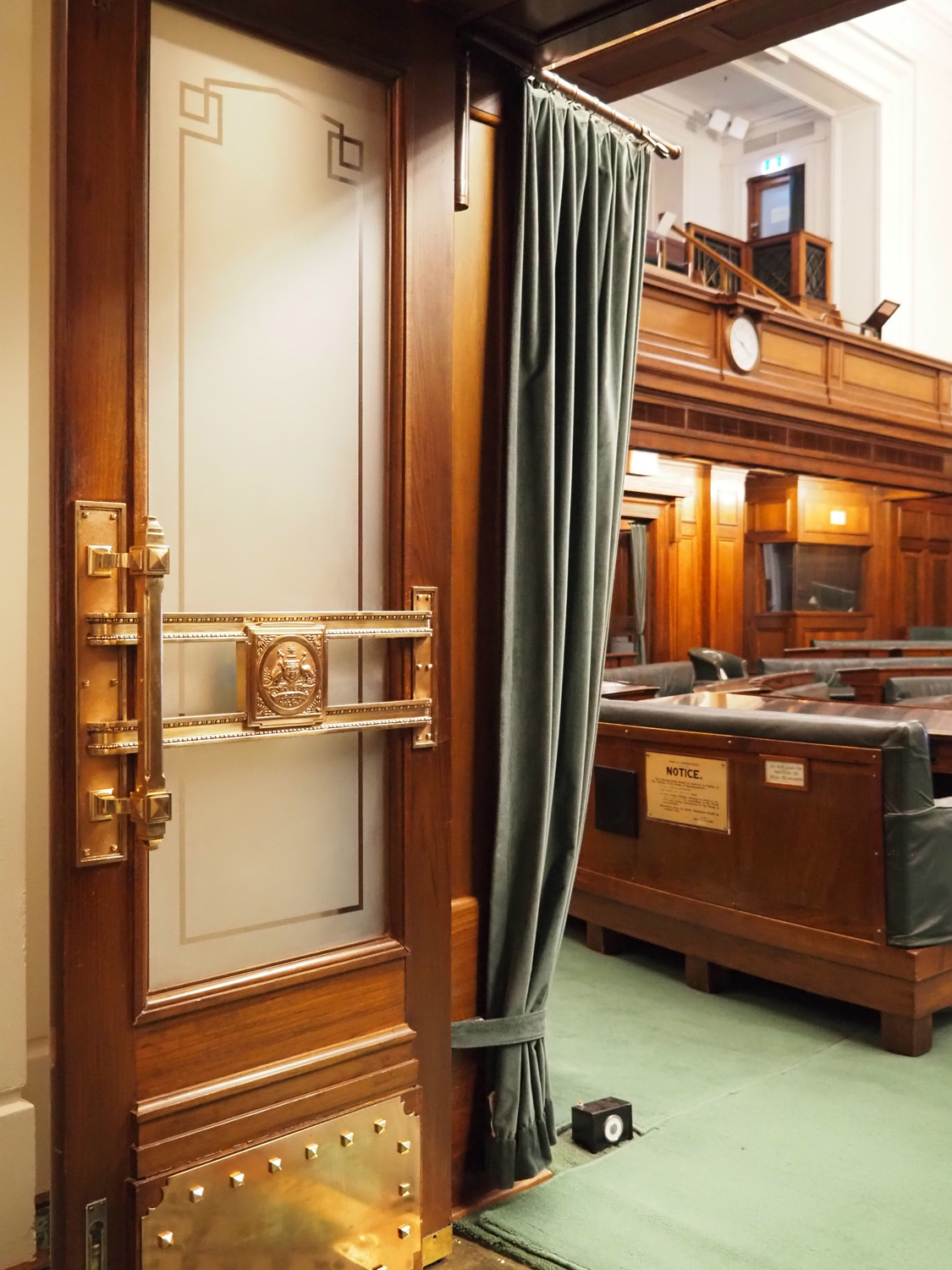
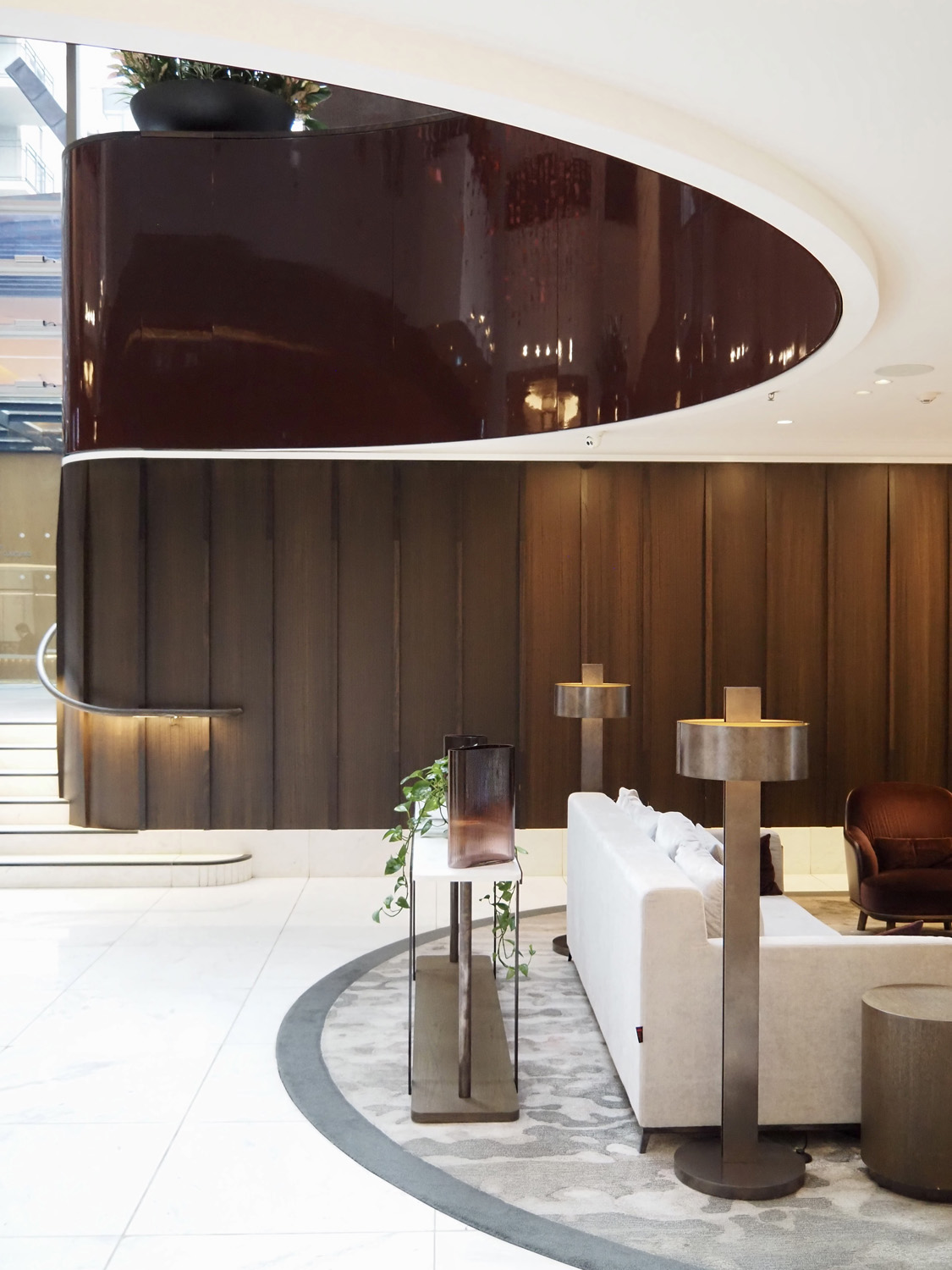
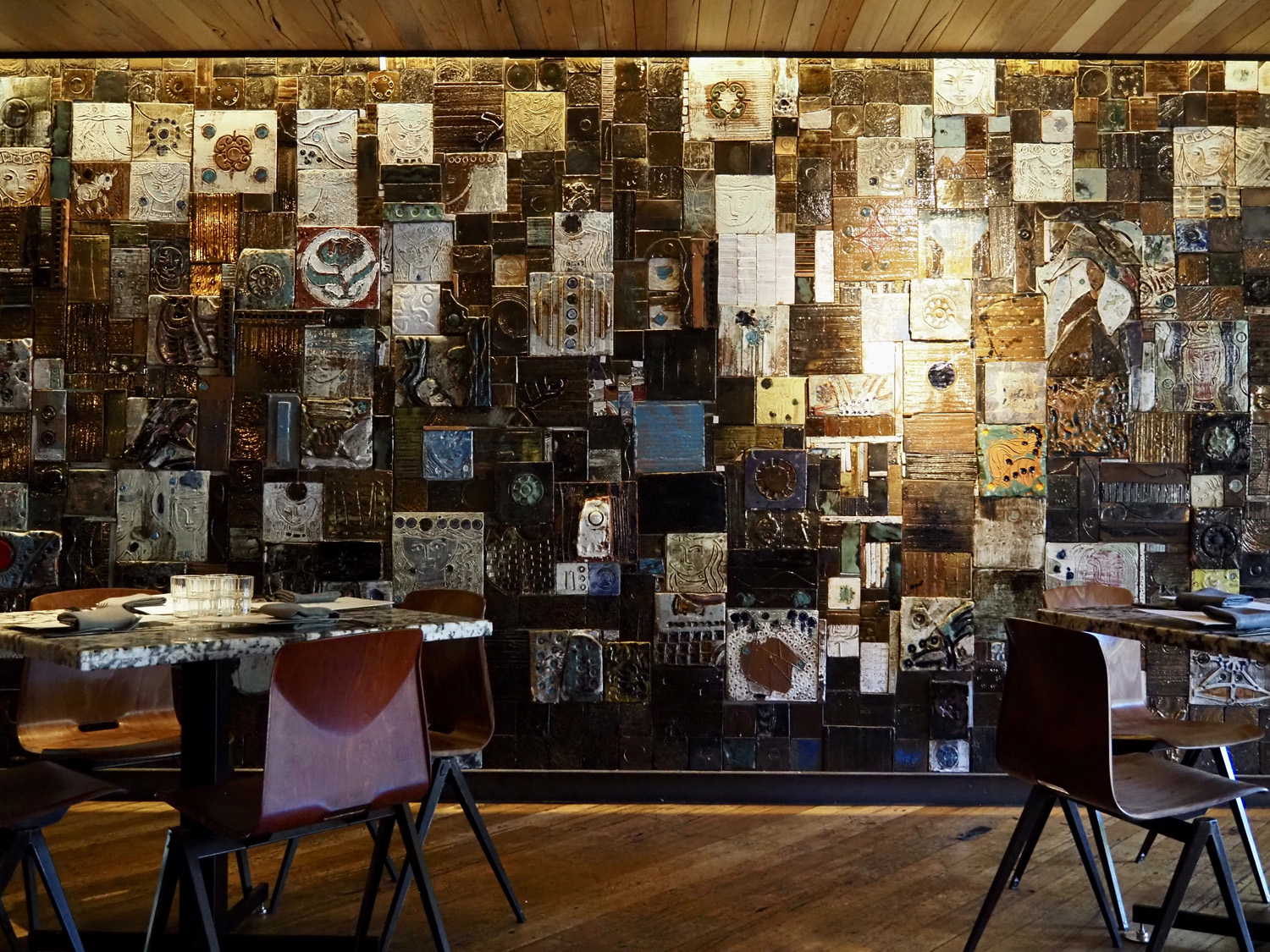
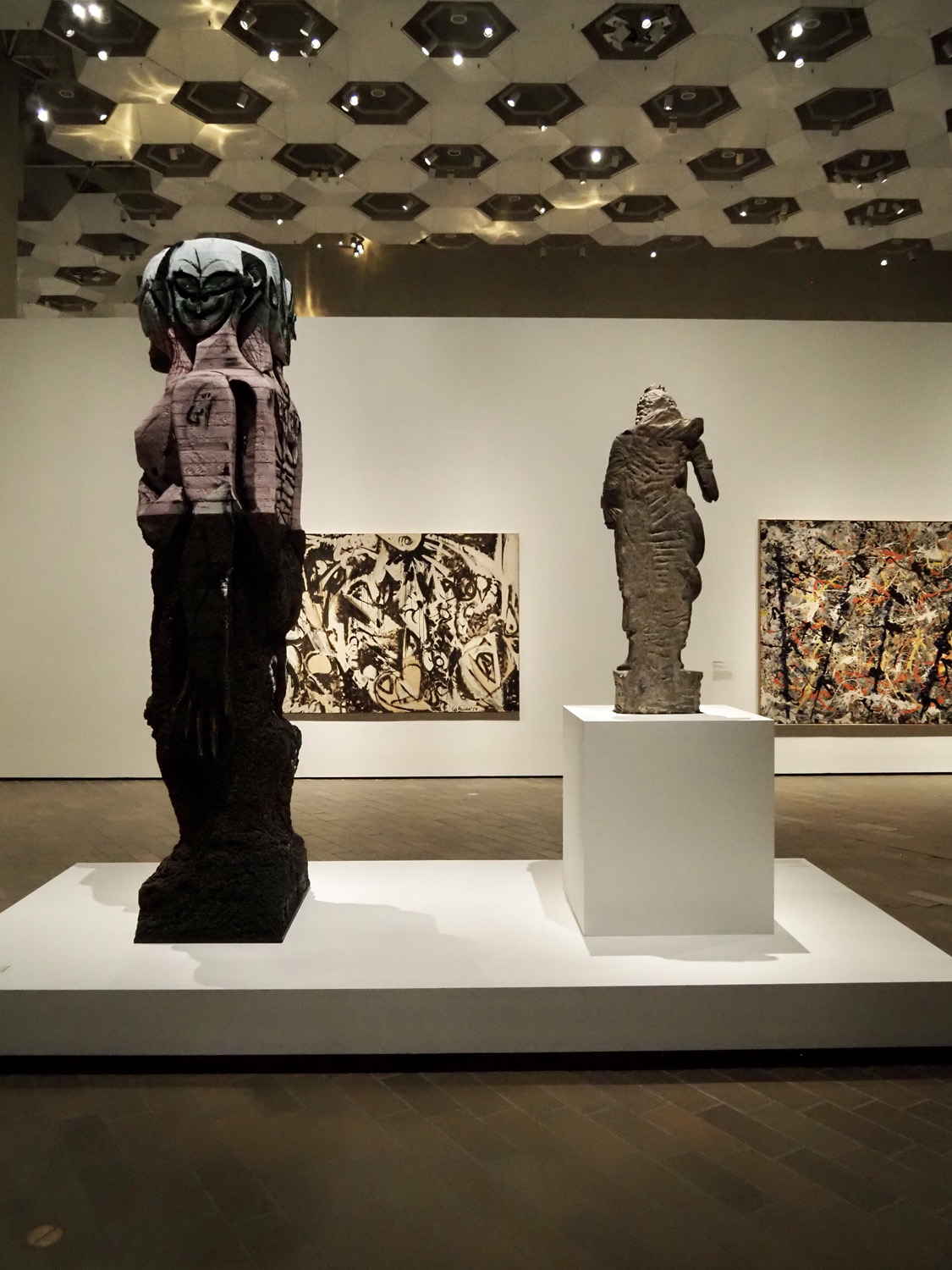
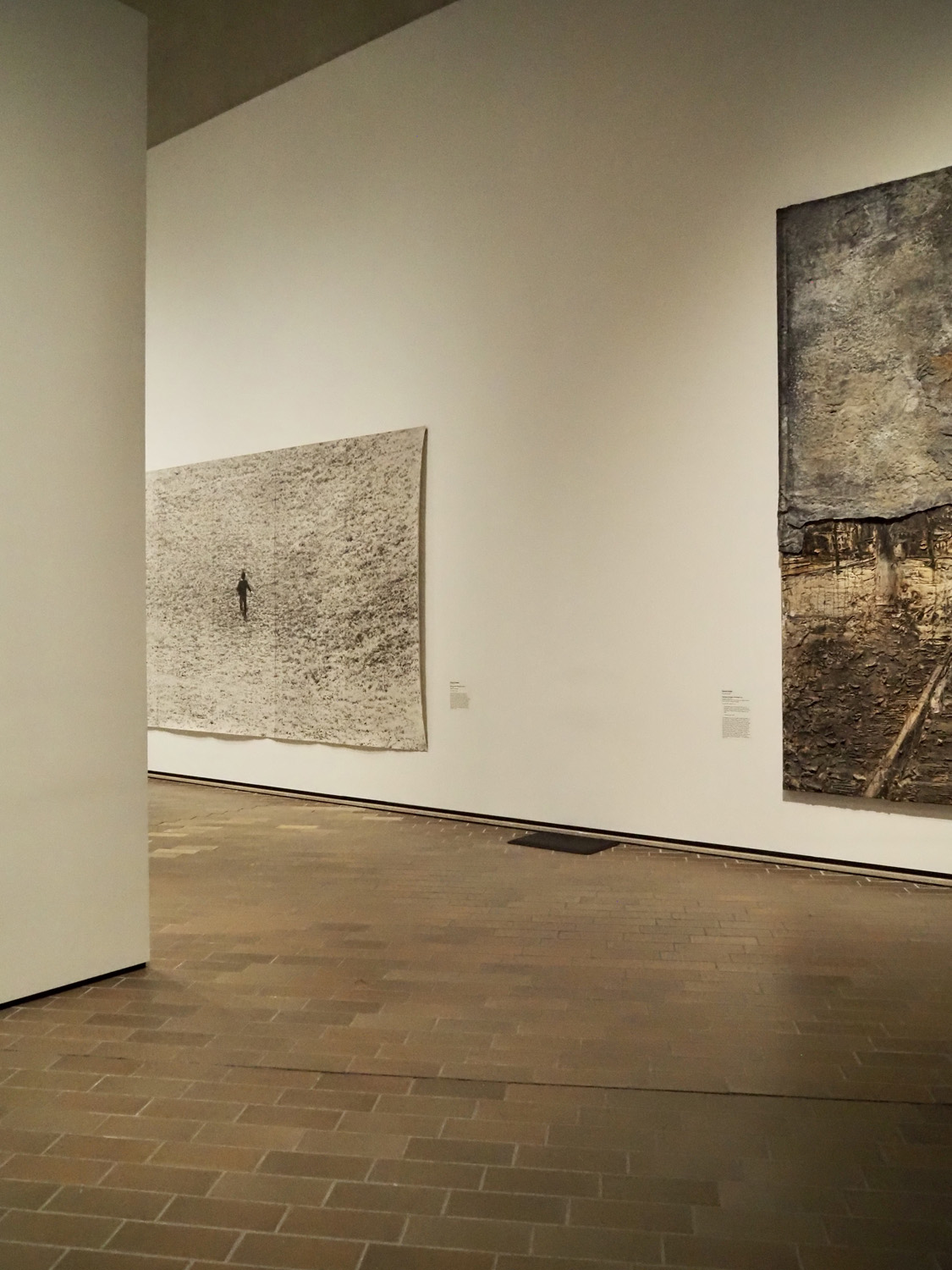
Over at the National Gallery of Australia we get a glimpse, albeit abstracted, into just how far Walter’s vision might have gone had someone like Gough Whitlam been controlling the purse strings. In 1973, when Whitlam authorised the yet-to-open gallery’s purchase of Jackson Pollock’s Blue Poles for $1.3 million, conservatives threw a hissy fit. Whitlam, though, was right: the stellar work is now worth a whopping $500 million and regarded as one of the most important artworks of the 20th century. Together with a host of other purchases made by inaugural director, James Mollison, in the 1970’s and 80’s – de Kooning’s Woman V, Brancusi’s Bird in Space and a second Pollock to name a few – it forms the core of the NGA’s $6.8 billion collection. An employee of the gallery once described the Pollock as a metaphor for Whitlam’s big-thinking but ultimately ousted government, “the long hours that went into the painting, never wondering whether it would work, the excitement, passion, sheer rapture, flourishes, sudden insights, grand movements, spatters and accidents.”
Mighty works by Lee Krasner (Pollock’s wife, considered by some to be the superior artist) and contemporary German painter, Anselm Kiefer, flanking Blue Poles are no less impressive, with a Tiepolo, a Bacon triptych and a tree-fern carving from Vanuatu rounding out the space. Together with The Aboriginal Memorial – a hauntingly beautiful installation of 200 hollow log coffins from Central Arnhem Land commemorating the Indigenous who died defending their land from 1788 – the display realises the gallery’s founding vision as a “centre of art for the whole world”. Even other worlds, with James Turrell’s ethereal Skyspace tucked under a grassy knoll just outside the gallery – an extraordinary sky-viewing chamber comprising a basalt stupa within a pyramid, oculus open to the sky. Open 24 hours, the Turrell is also a favourite cover for after-hours trysts, all caught on the NGA’s security cameras.
High temples of culture and a burgeoning hospitality scene make for next-level long weekends, a trail of places to eat, drink and sleep across Walter and Marion’s arcadia. If clean, Christian-Liaigre-like lines get you going – in a monochromatic palette with the odd splash of sang-de-boeuf and a full health club in the basement – look no further than Hotel Realm. Just outside the Parliamentary Triangle in Barton, this temple of contemporary understatement delivers a serene stay upstairs, with great lighting, cloud-like beds and luxurious bathrooms in marble and limestone. The action is downstairs, between Ostani Bar (casual restaurant and beer garden) and Buvette (smart bistro and wine bar) with rooftop Leyla Bar across the road at sister property, Hotel Burberry.
Just below Capital Hill in leafy Kingston, the exuberant East Hotel boasts drinking and dining venues so cool it can be difficult to leave the building. That is if you can tear yourself away from the room – 140 in total including full apartments, many with balconies and spectacular views. Agostinis serves rustic Italian fare in a relaxed setting by East’s entrance, with great service, Naples-worthy pizzas and seriously impressive house bianco, rosso and rosato. Low-lit Joe’s Bar does a mean martini, while Muse doubles as a well-stocked bookshop and buzzing cafe serving sensational nasi goreng alongside more classic brunch staples – also available as room service.
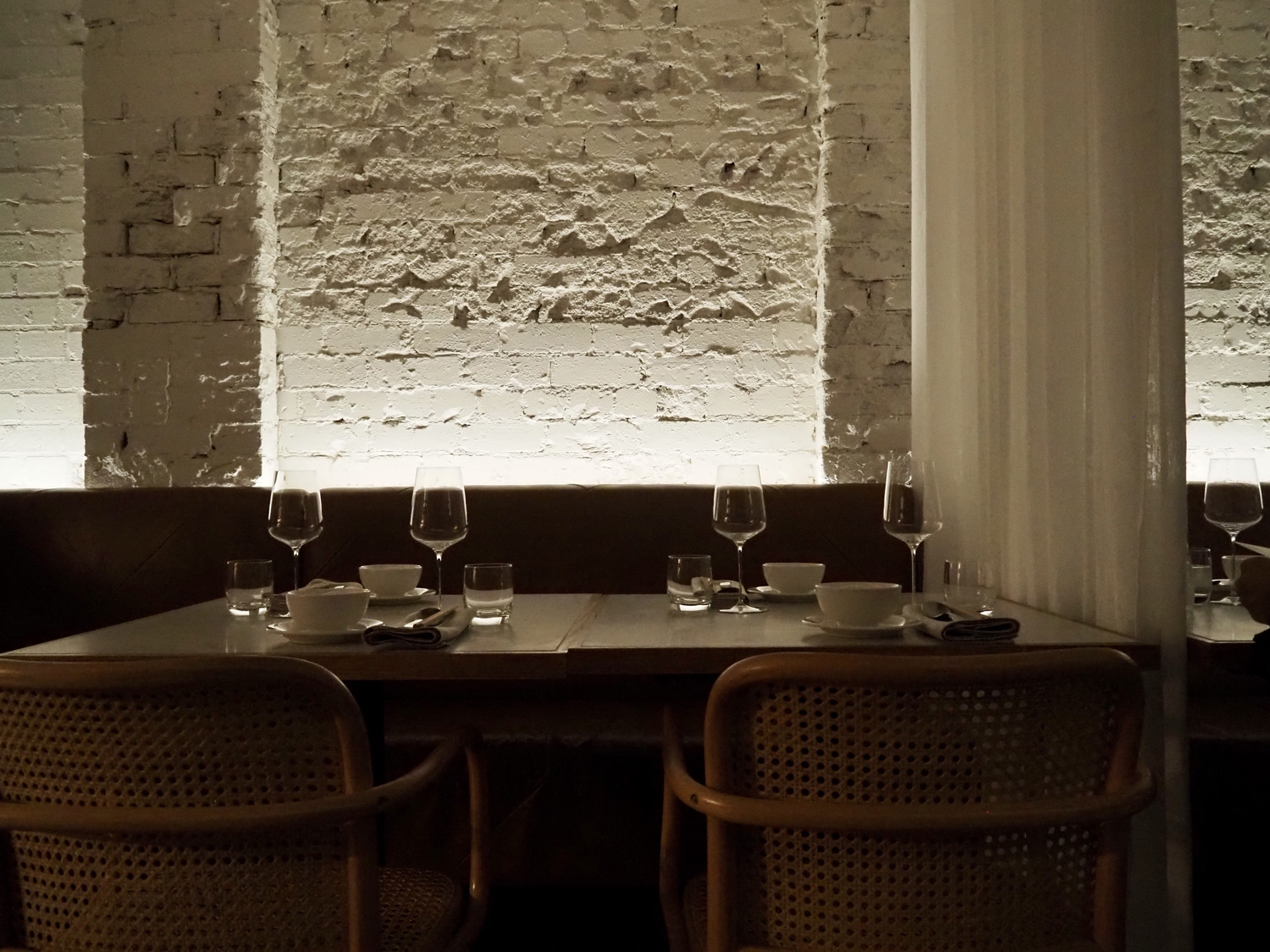
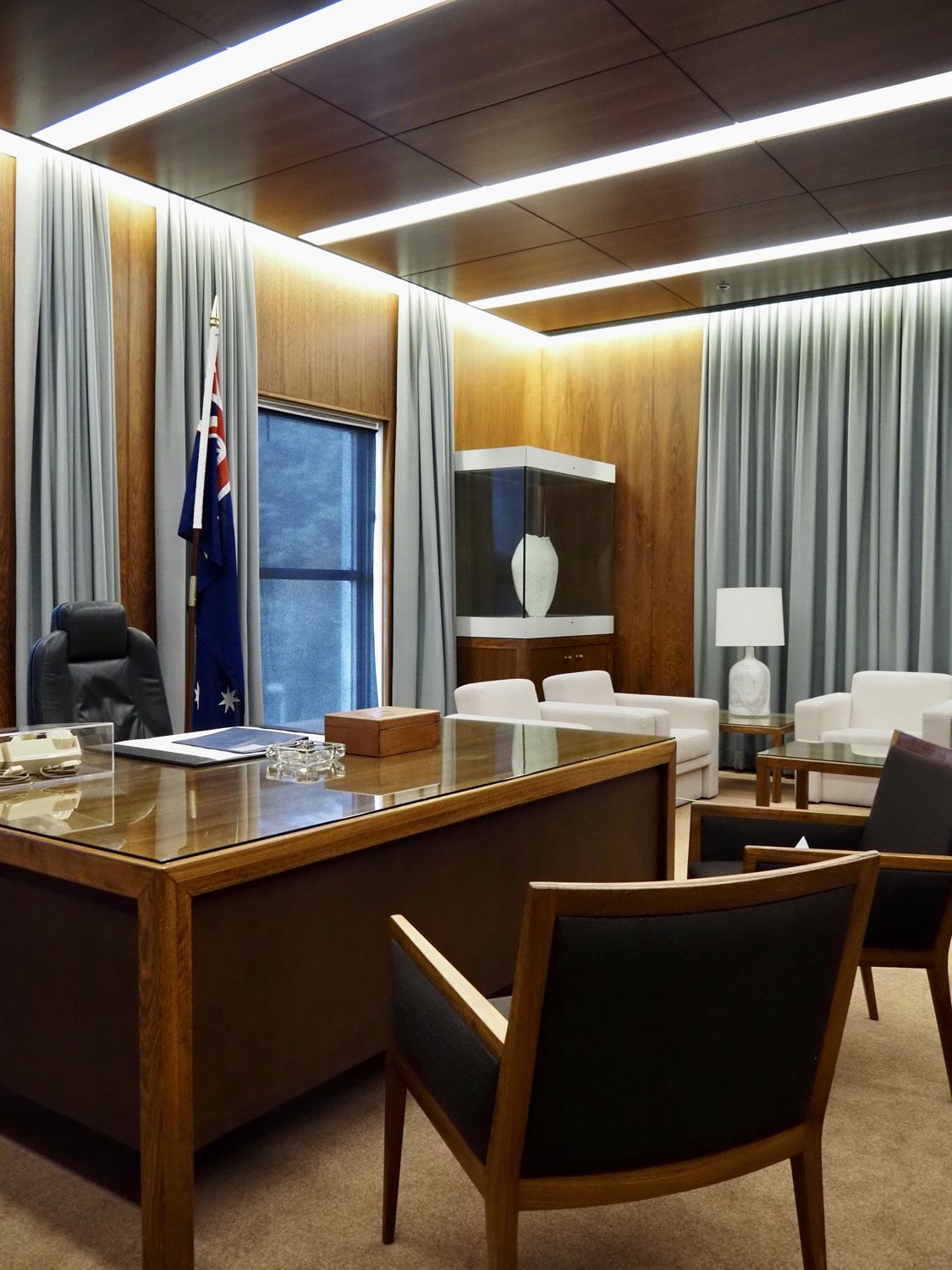
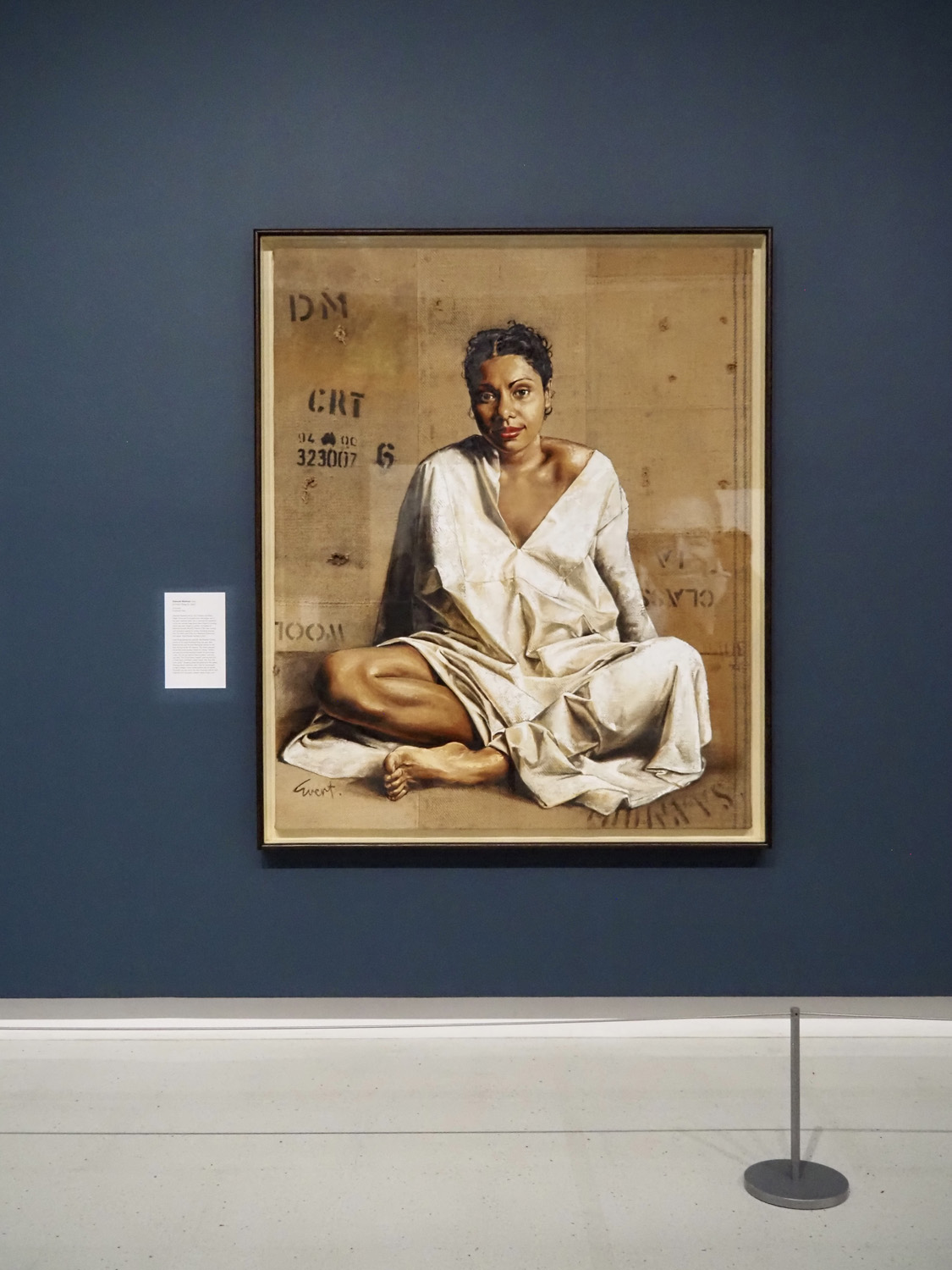
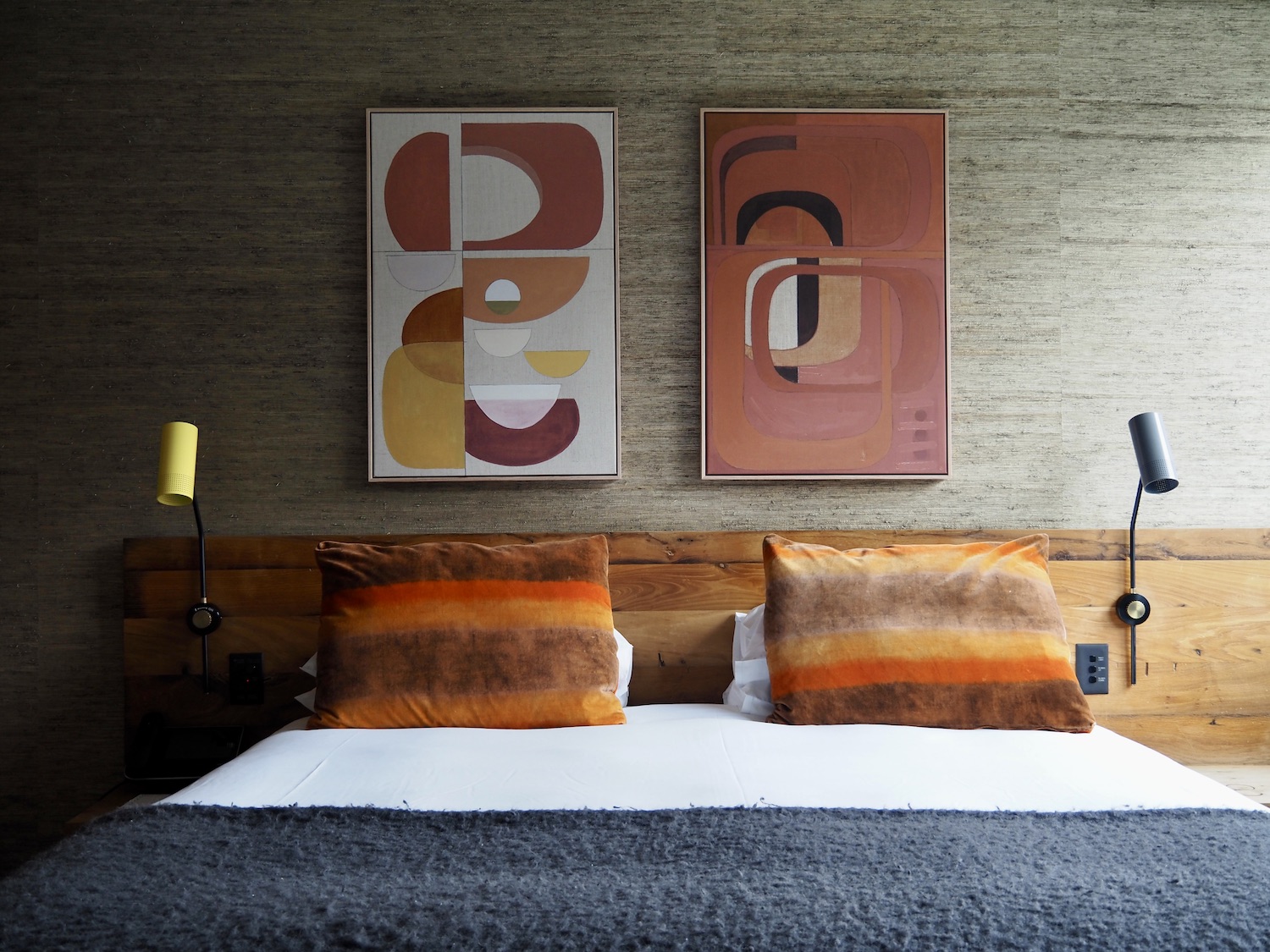
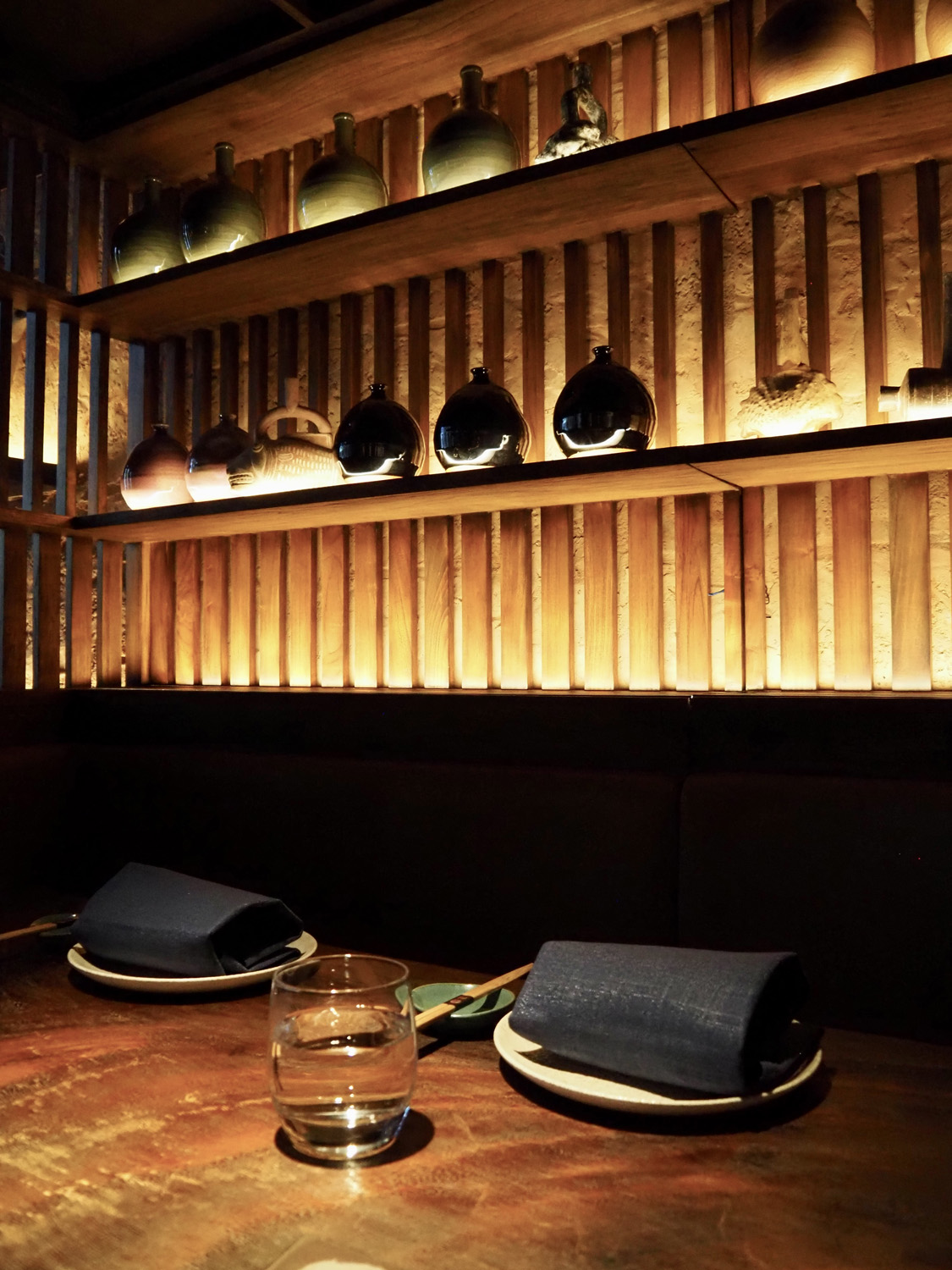
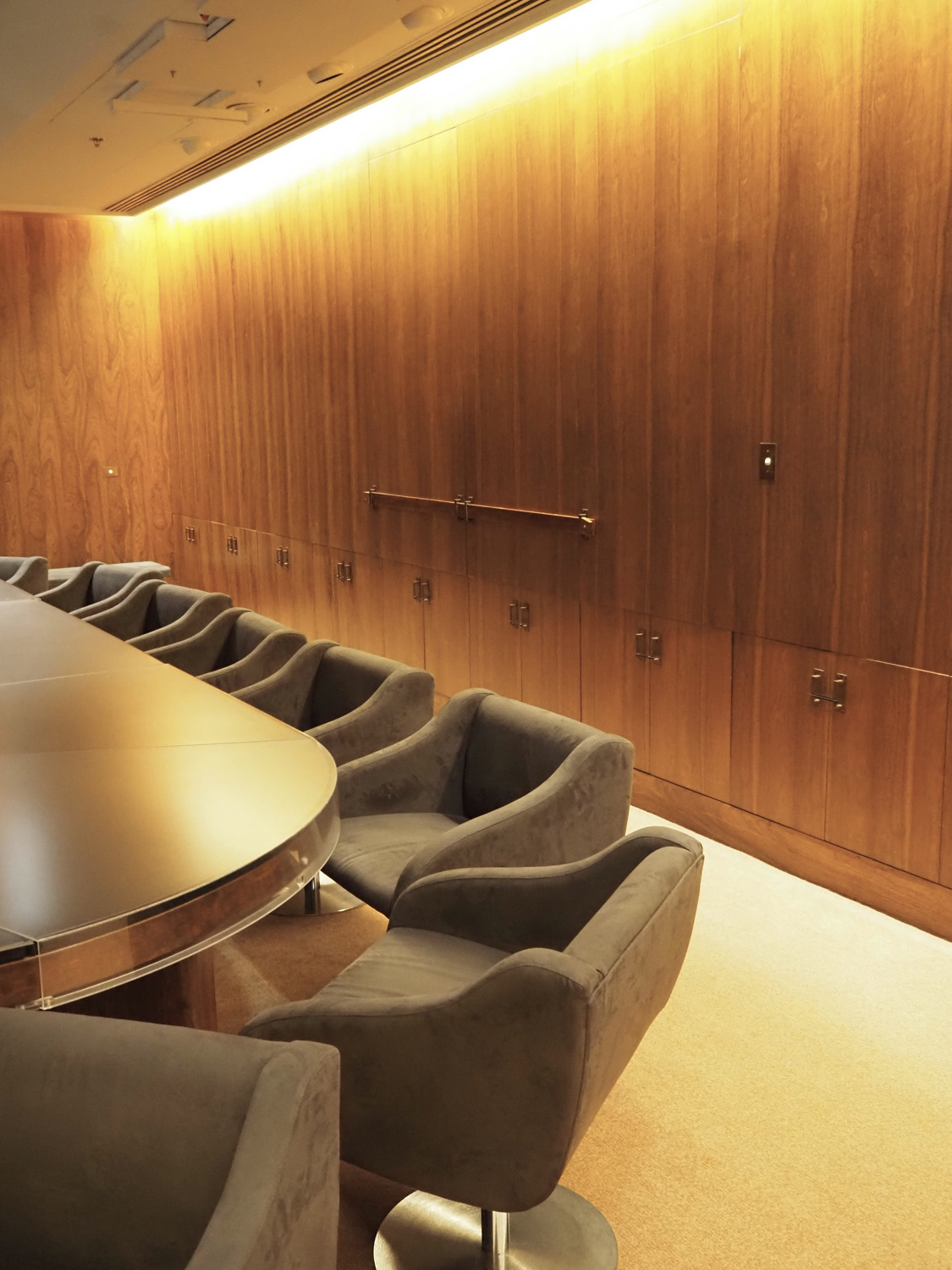
Head to XO in nearby Narrabundah for Canberra’s most delectable South East Asian spread in a sleek, all-white interior that strikes the feng shui sweet spot. Aim for the banquette, where tables are separated by sheer linen curtains, a soft-lit and rough-plastered brick wall behind. There’s è la carte and excellent vegetarian options but we went for the Chinese New Year menu, beginning with Yee Sang, a nostalgic CNY staple also known as a prosperity toss. Chopsticks are used at the table to mix fish (in our case slipper lobster) and finely sliced vegetables in a sweet, aromatic dressing: the higher the toss, the greater the prosperity. Seven luck-bringing courses followed, including tea-smoked spatchcock, a nod to the fable of the phoenix, and super comforting Longevity Noodles.
Roy Grounds designed futuristic fantasy, the Shine Dome (1959) for the Australian Academy of Science – the first Canberra building to make the National Heritage List. Across the road in hip and artsy New Acton is the also striking Nishi Building (2013), where several floors have been given over to boutique hotel, Ovolo Nishi (formerly Hotel Hotel). A visually jarring staircase lined in “flying” lengths of horizontal timber – a mix including offcuts from Nishi’s building site and wood reclaimed from a demolished basketball court – leads up to a carved sequence of bunker-like spaces, softened by all manner of cool vintage furniture, quirky objects and art. Plant-based Monster Kitchen and Bar is a Sorrento-meets-South-of-France mashup of giant terrazzo, 50’s furniture and Jansen-esque brass palm trees, where Peri Peri Roast Cauliflower and Stuffed Savoy Cabbage will be sure to sate even the most hardened carnivore. Rooms are quiet, textured spaces, with off-form concrete walls, grass-clothed ceilings and furry blankets on beds.
The staircase, designed by March Studio, makes for a short schlep to the Palace Electric Cinema downstairs, home to eight screens of licensed art-house heaven. A block away is rustic eatery Rebel Rebel with a turmeric-coloured Berber rug on the wall and soaring raked ceilings, where a small poster behind the bar is the sole ode to Bowie. This is modern Australian at its best: giant grilled prawns dripping in bay leaf butter, and carrots served with smoked yoghurt, cashews and curry leaves, not to mention the knockout macadamia and lemon myrtle ice-cream sanga. An impressive wine list, too, traversing the old and new worlds, with a generous lineup of excellent orange and low-intervention drops to drink in or take home, with Rebel Rebel also doubling as Canberra’s coolest wine shop.
Truly cosmopolitan flavours are conjured over at Inka, the high temple to Japanese-Peruvian fusion. The cuisine – Nikkei – emerged after throngs of Japanese moved to Peru in the 19th century looking for work, although when you think about it, sushi and ceviche, it’s a match made in heaven. Order è la carte or go for one of the excellent tasting menus, moving between guacamole, sublime sashimi and kingfish Ceviche Clasico. Inka’s brussel sprouts with yuzu glaze and furikake are to die for, as is the theatrical interior with double-height wall bedecked in dazzling Cuchimilco figures, backlit and moody. It’s an intoxicating mix, best capped at either end of the night with a pisco sour.
A sleep and a hydralite later, Canberra is also a place to retrace childhood steps, driving winding streets to admire exotic embassy rooflines before hiking up to the Australian War Memorial. The 1941 edifice is an Art Deco take on Byzantine architecture, one of the city’s most magnificent but also one of its most conflicting – outstanding galleries as places to pause and remember the fallen but do they also glorify war? The War Memorial’s Orthodox style brings to mind another purpose-built capital Athens, built in a sheep paddock at the base of the crumbling ruins of the Acropolis in the 1830’s, rather than richer and more sophisticated Nafplio. The reason? A teenage Bavarian prince – selected by the Great Powers to rule Greece after that fledgling nation got out from under the Ottoman yoke – just happened to be obsessed with Ancient Greek culture. (Like Whitlam, Otto was also ousted.)
It begs another question: if our colonial forefathers had been more adoring of this land’s ancient culture, how, or where, might Canberra be today? Who knows, but somewhere in the capital’s blueprint there might be room for correction, as sensitive as Walter’s love of nature and as elegant as Marion’s hand.
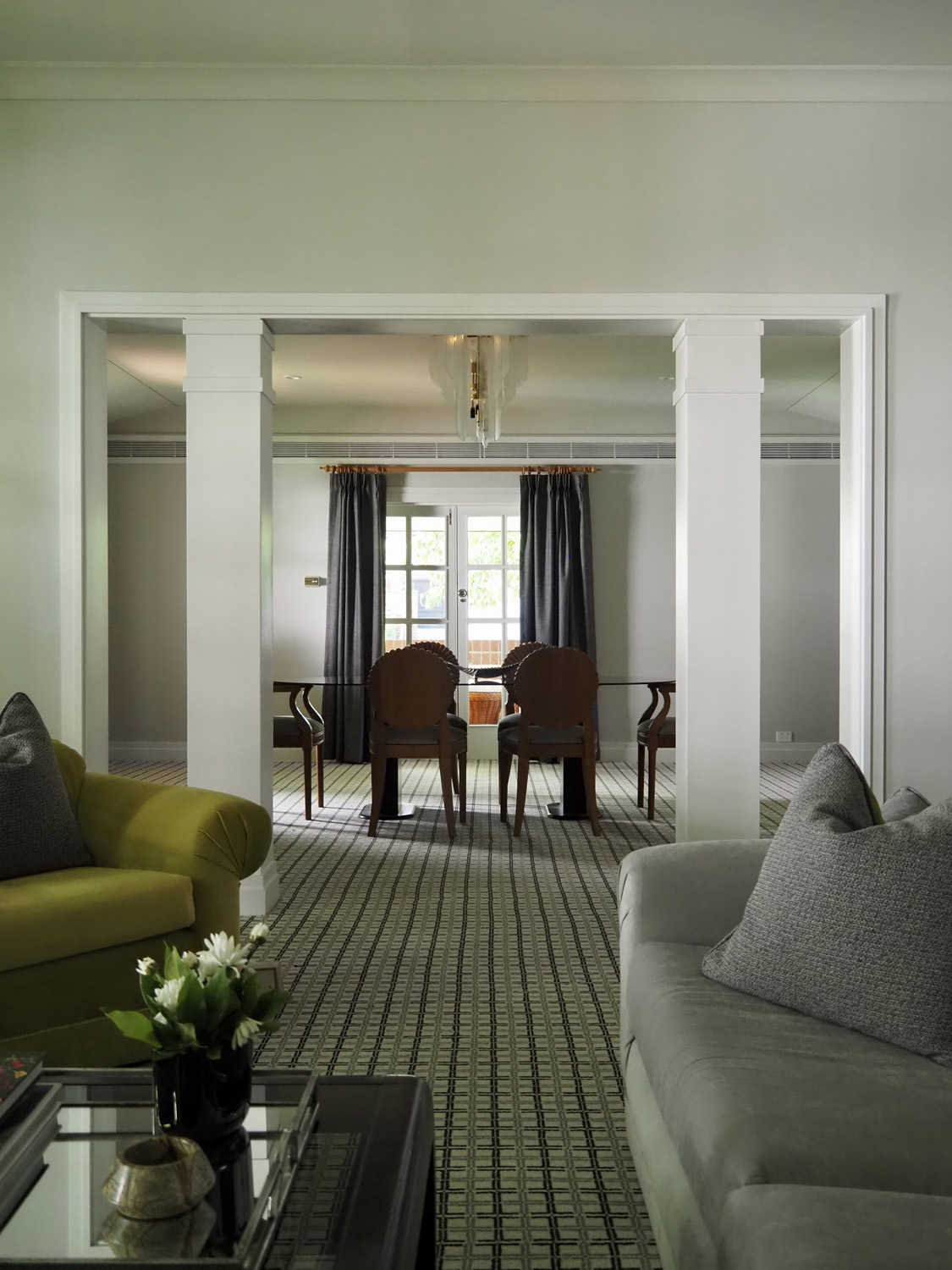
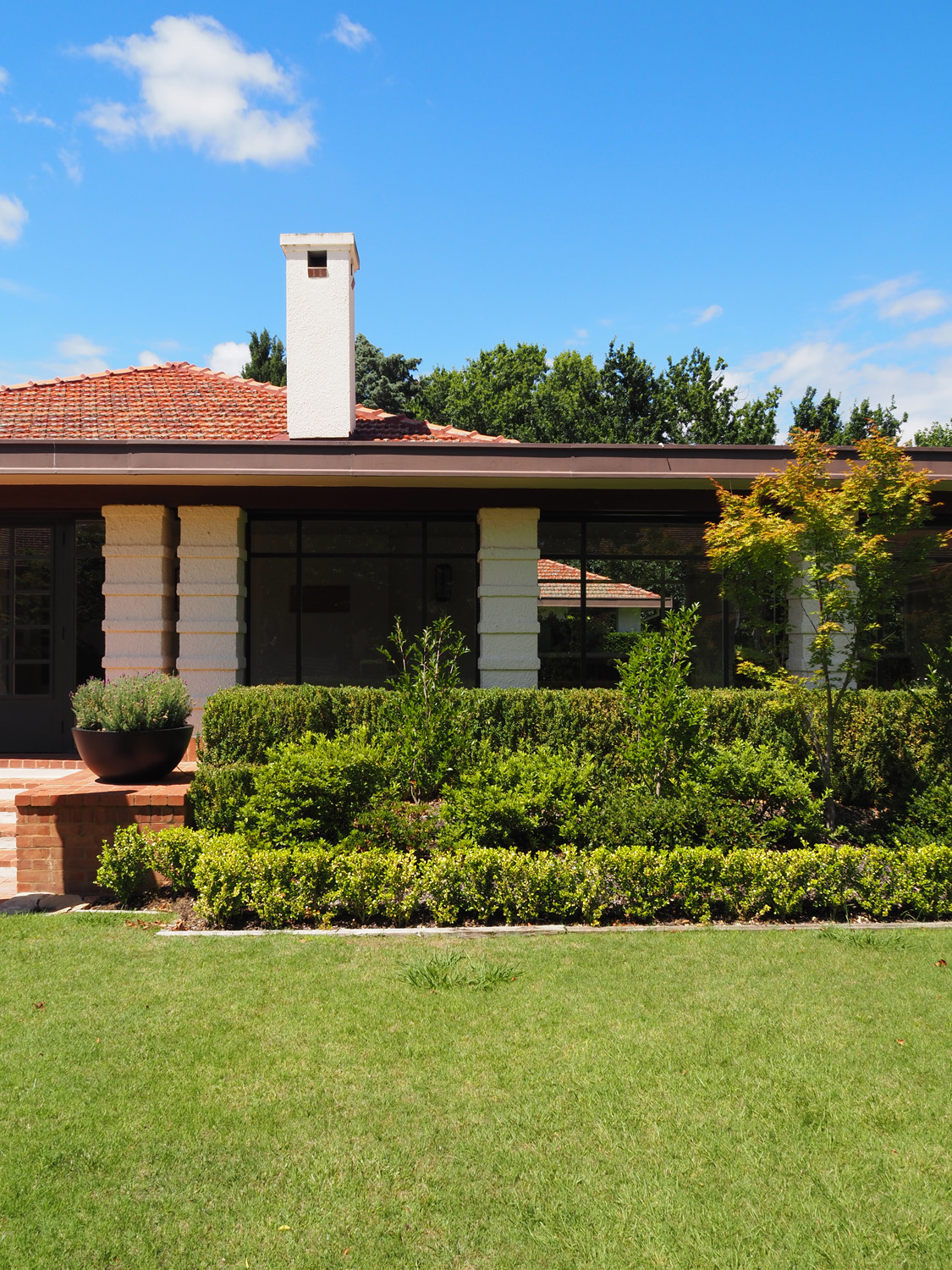
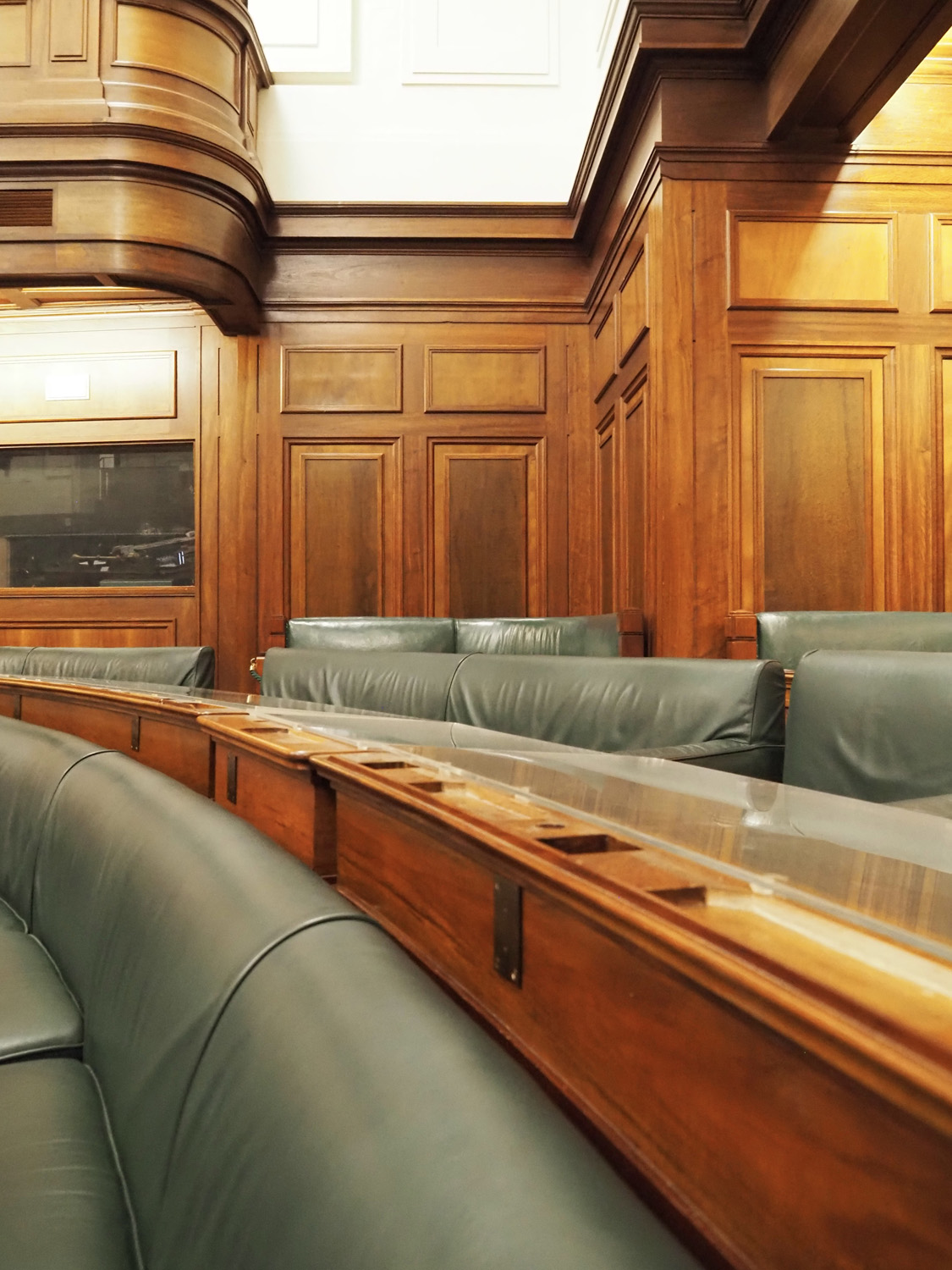
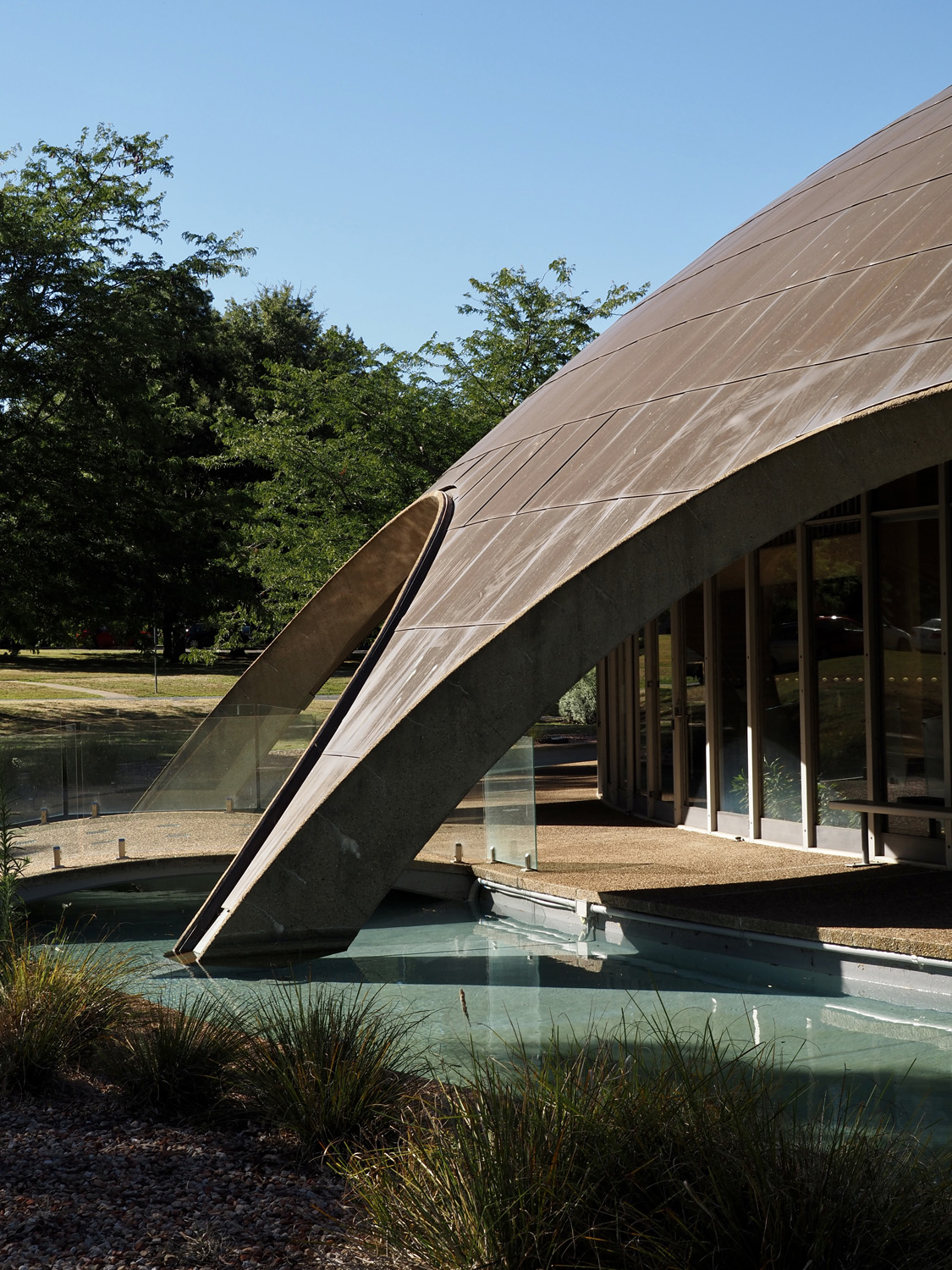
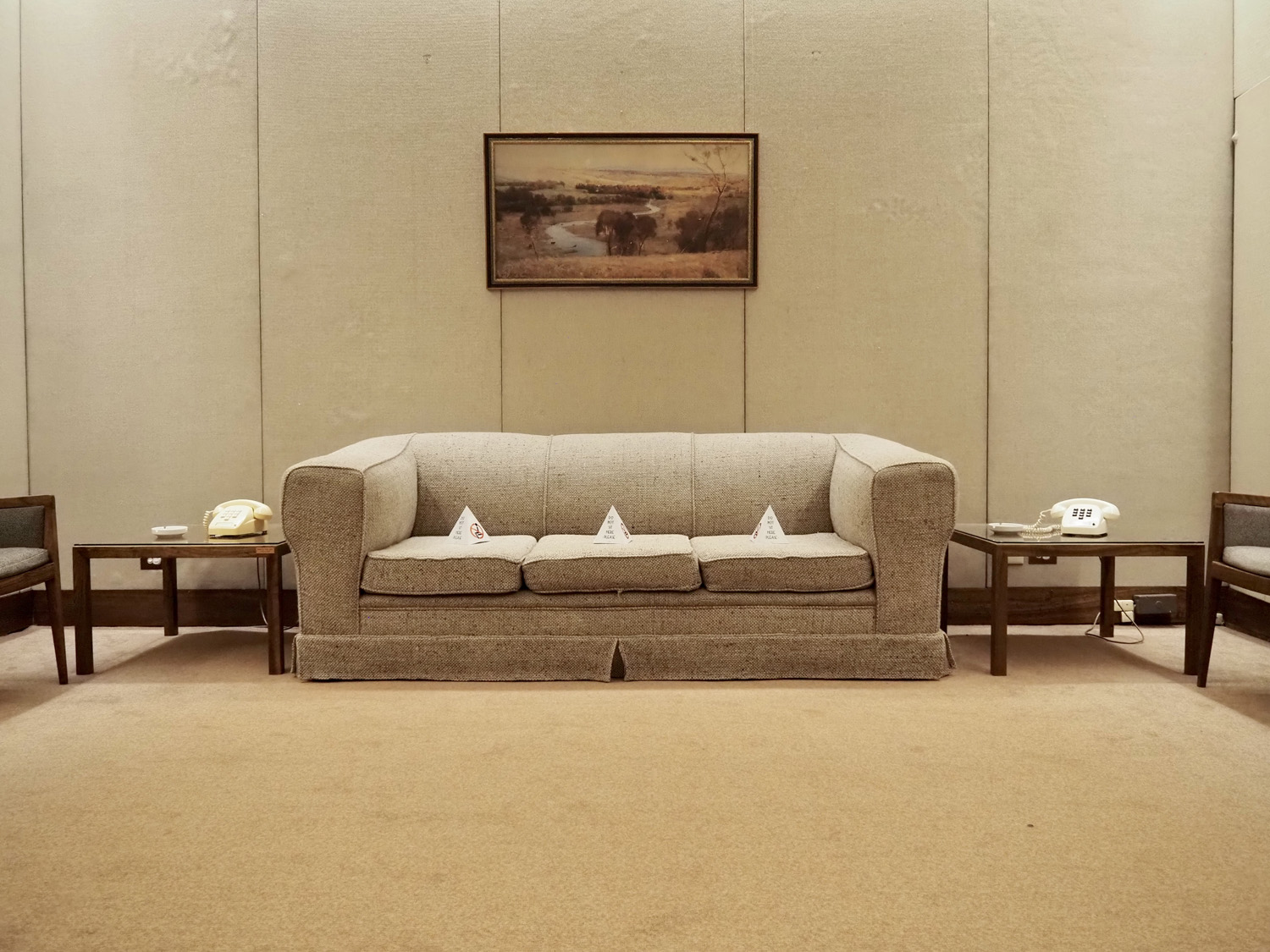
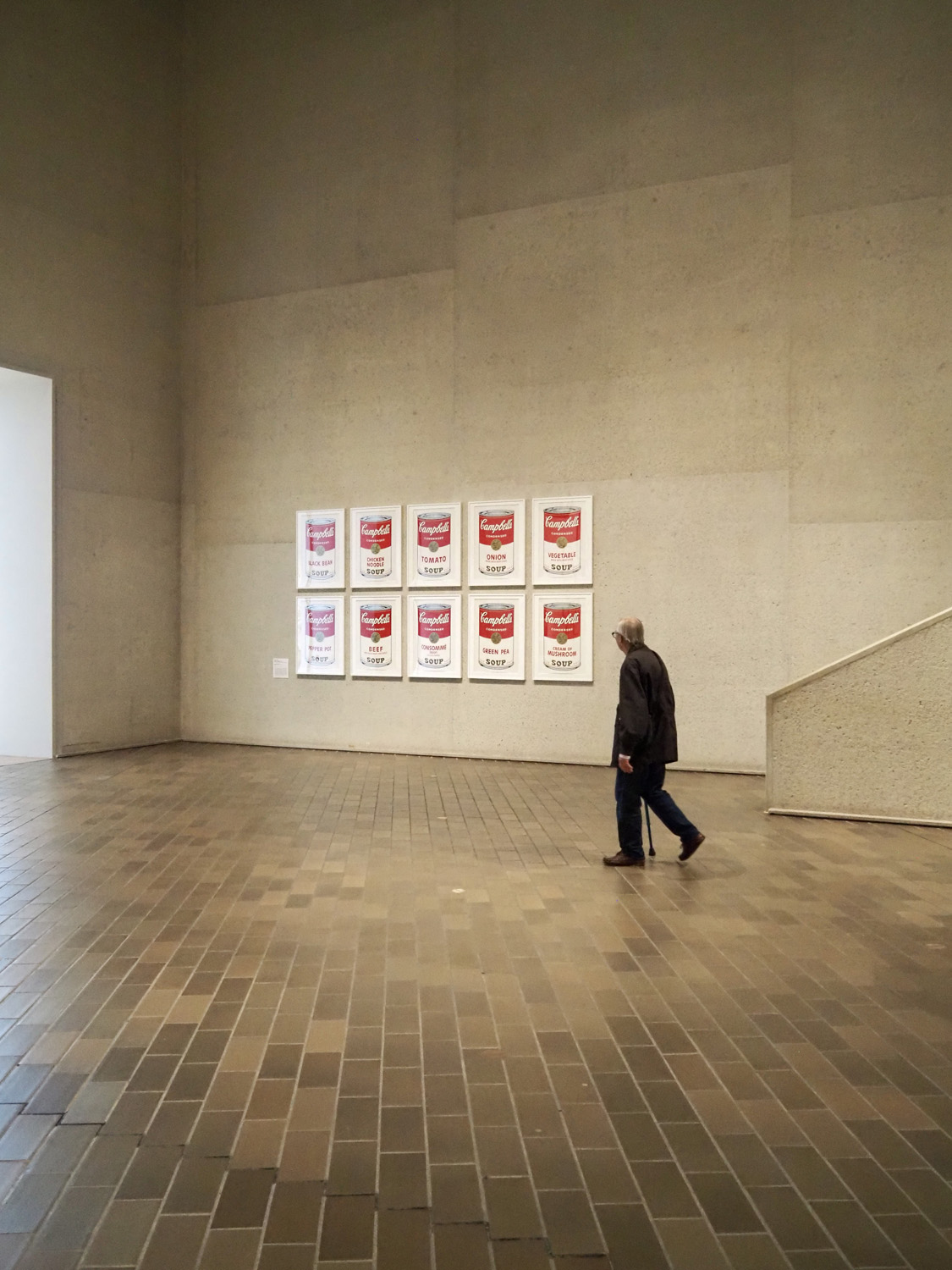
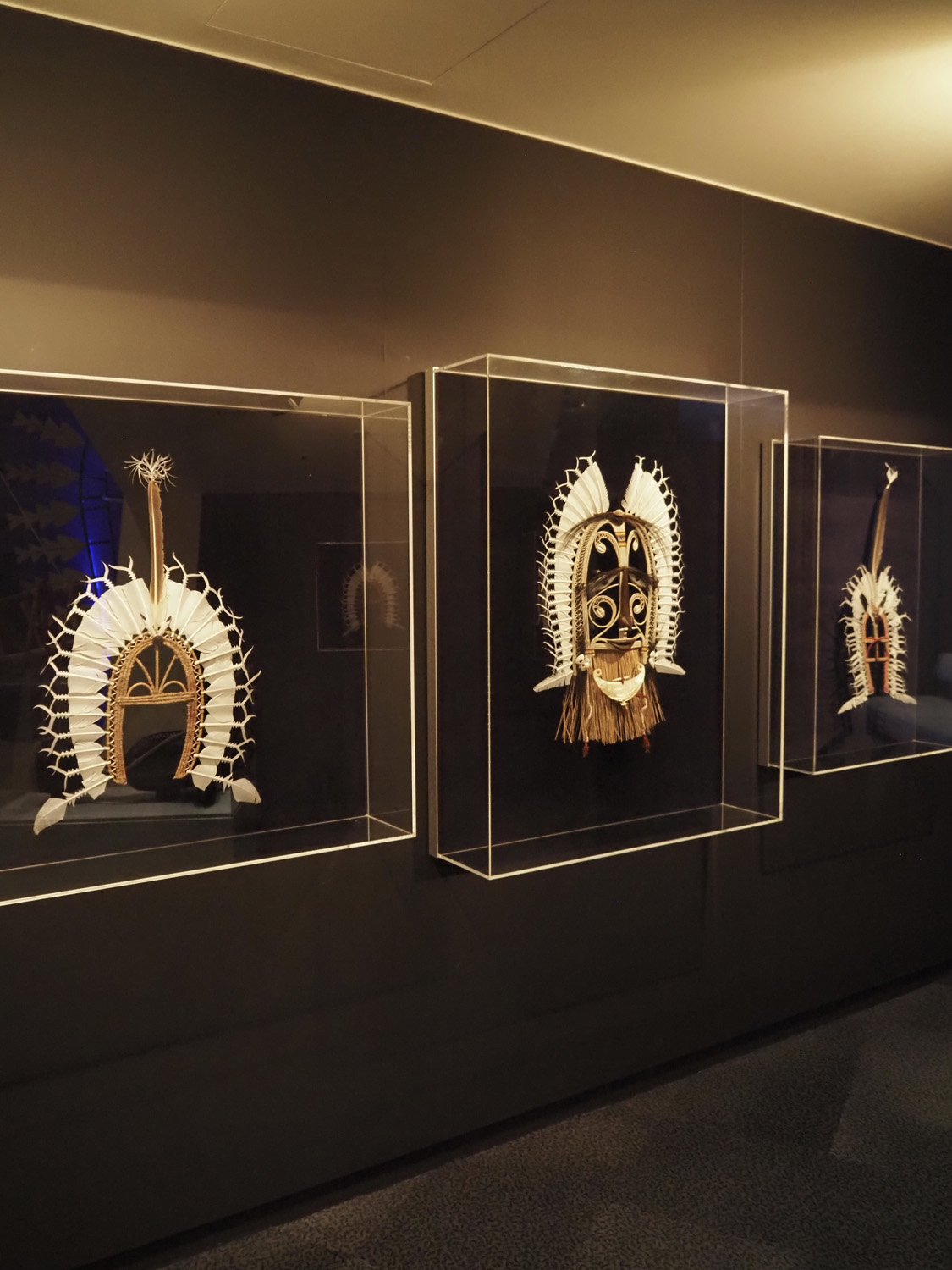
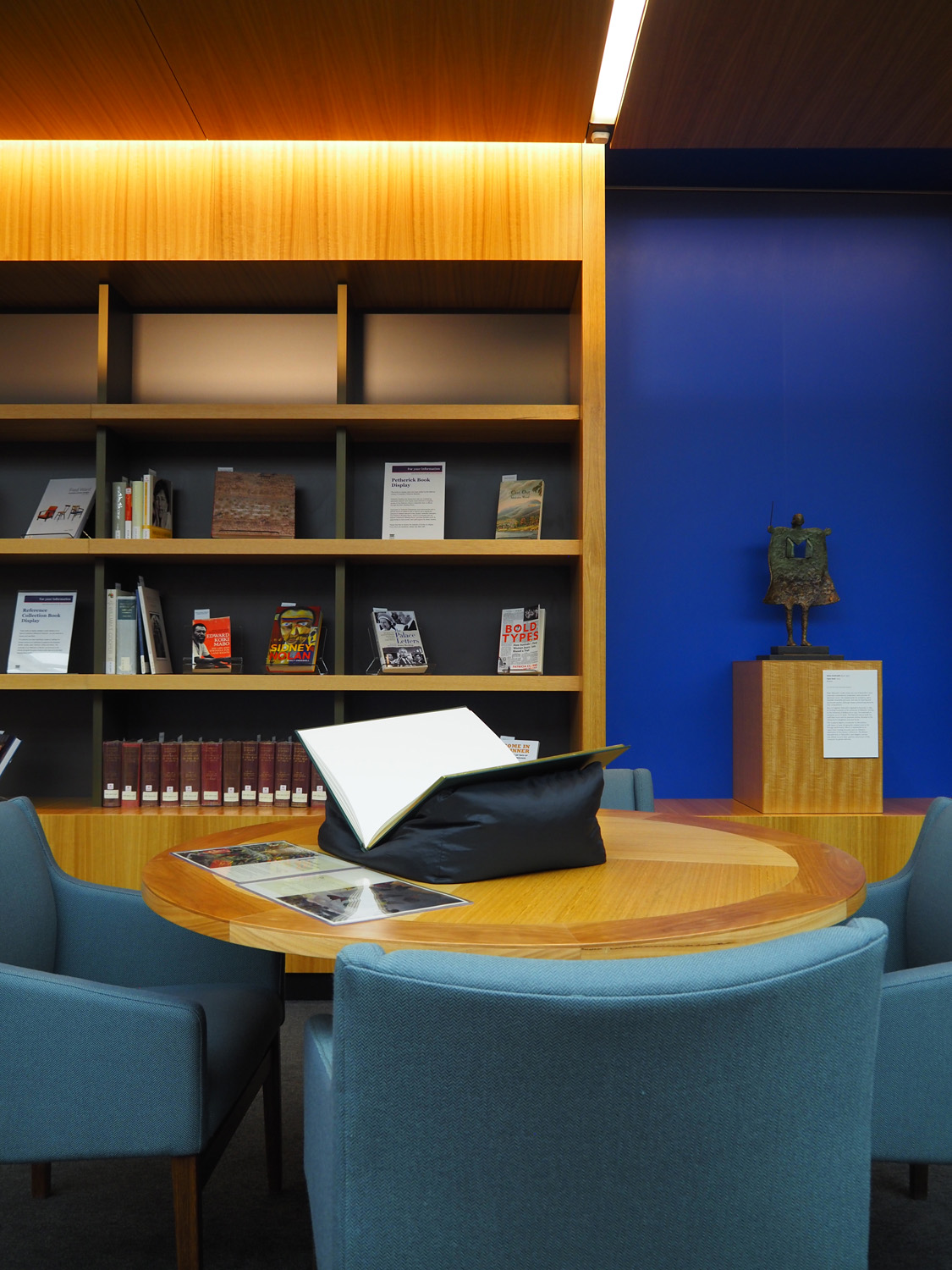
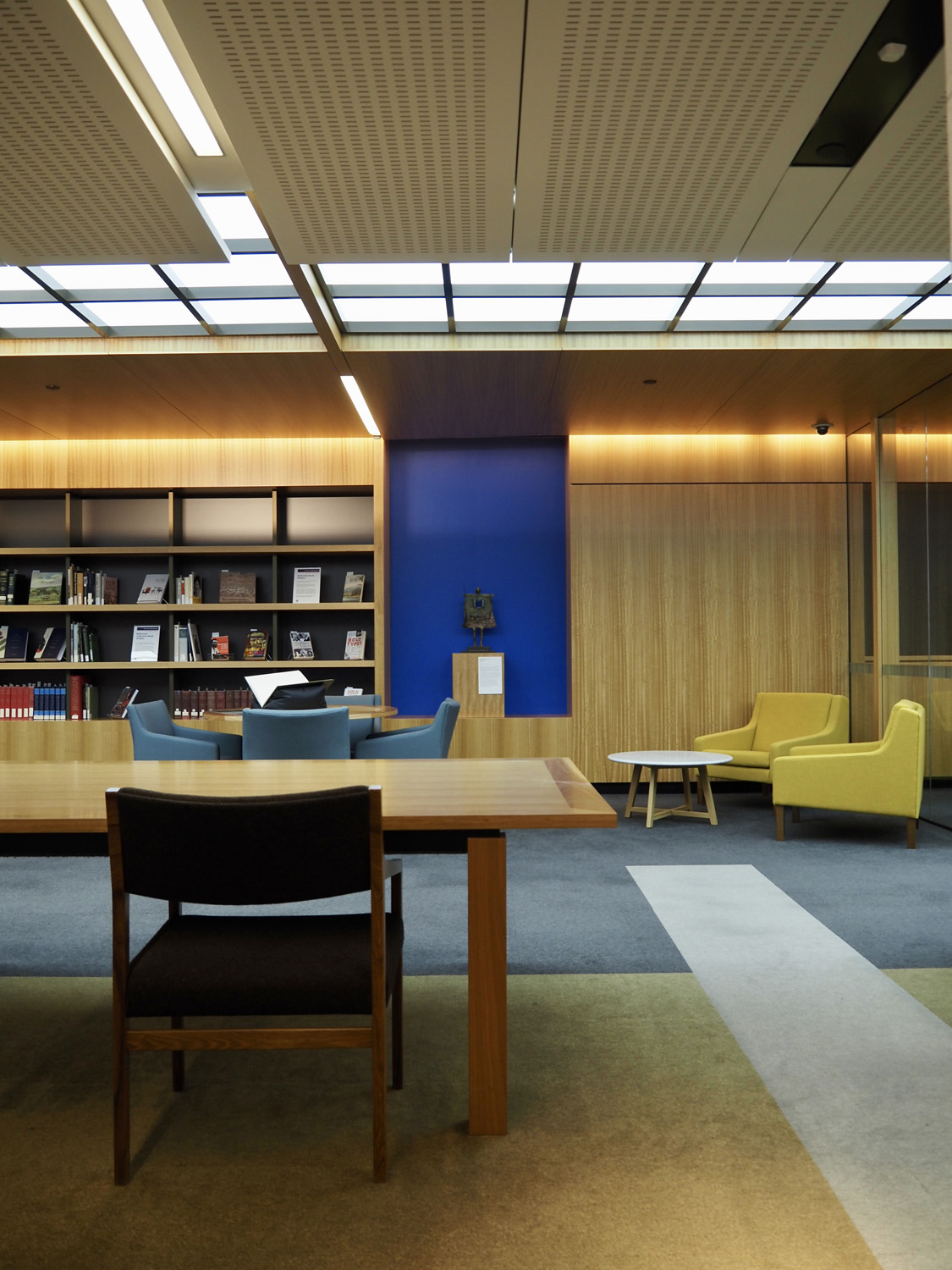
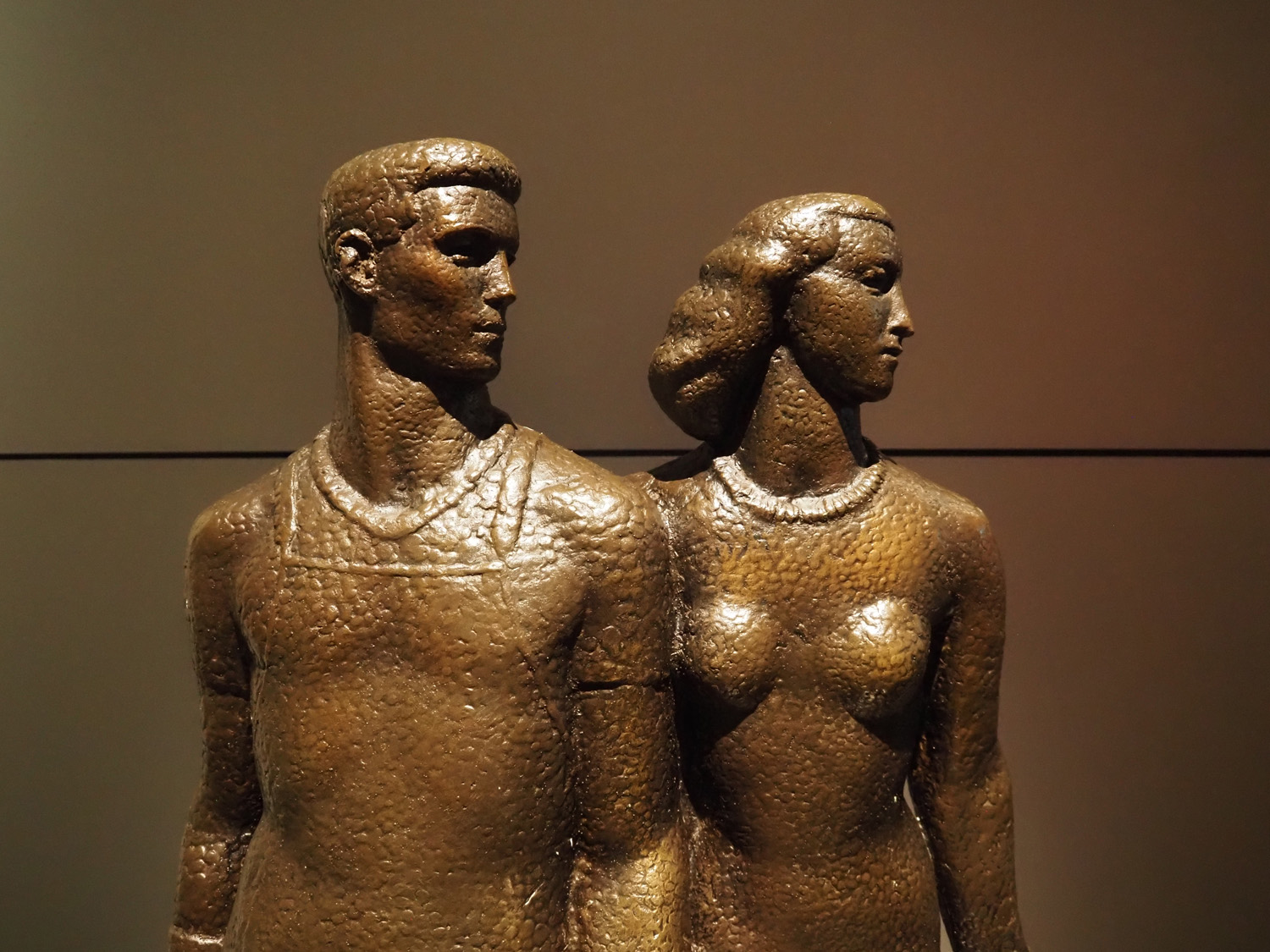
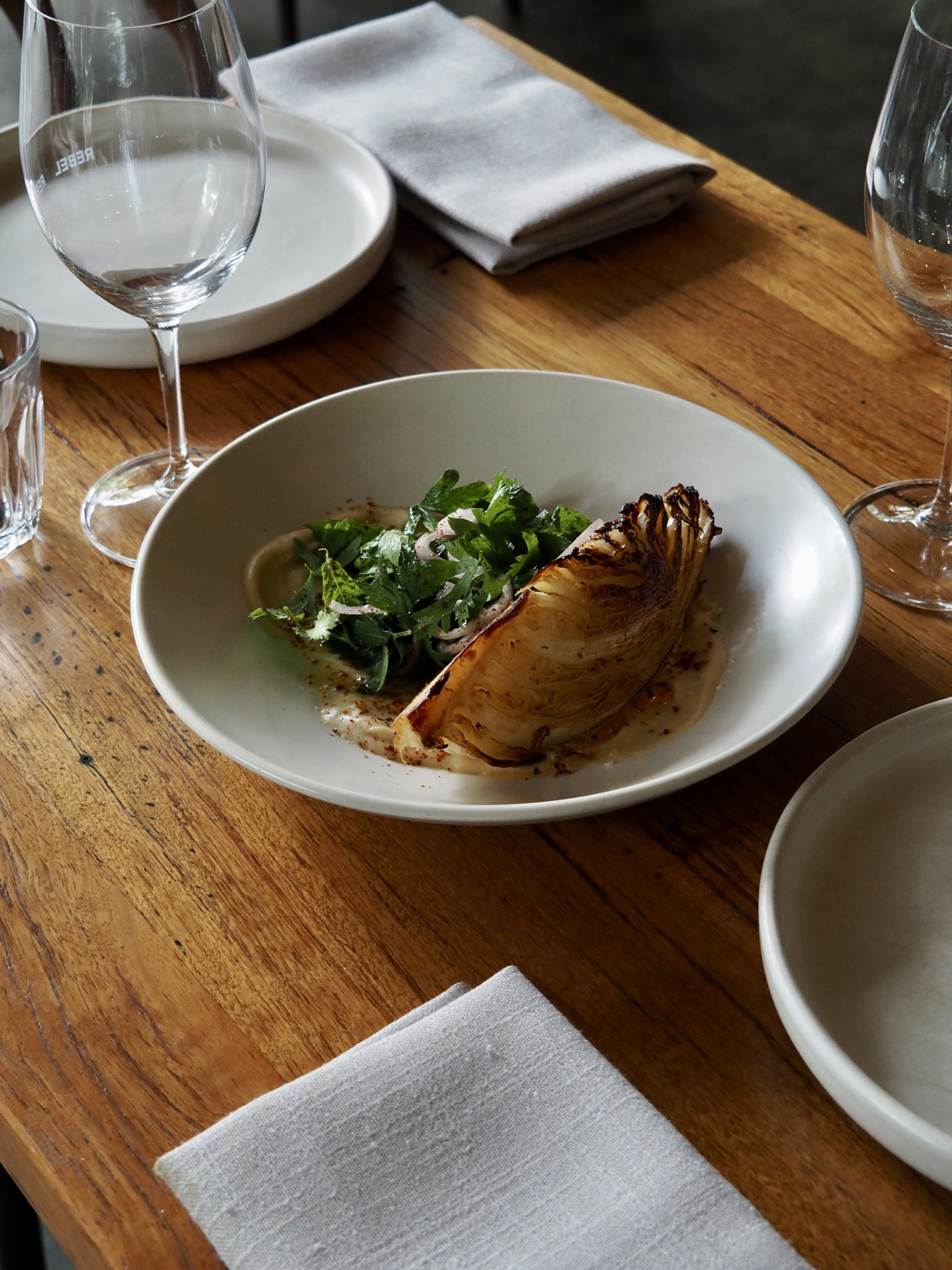
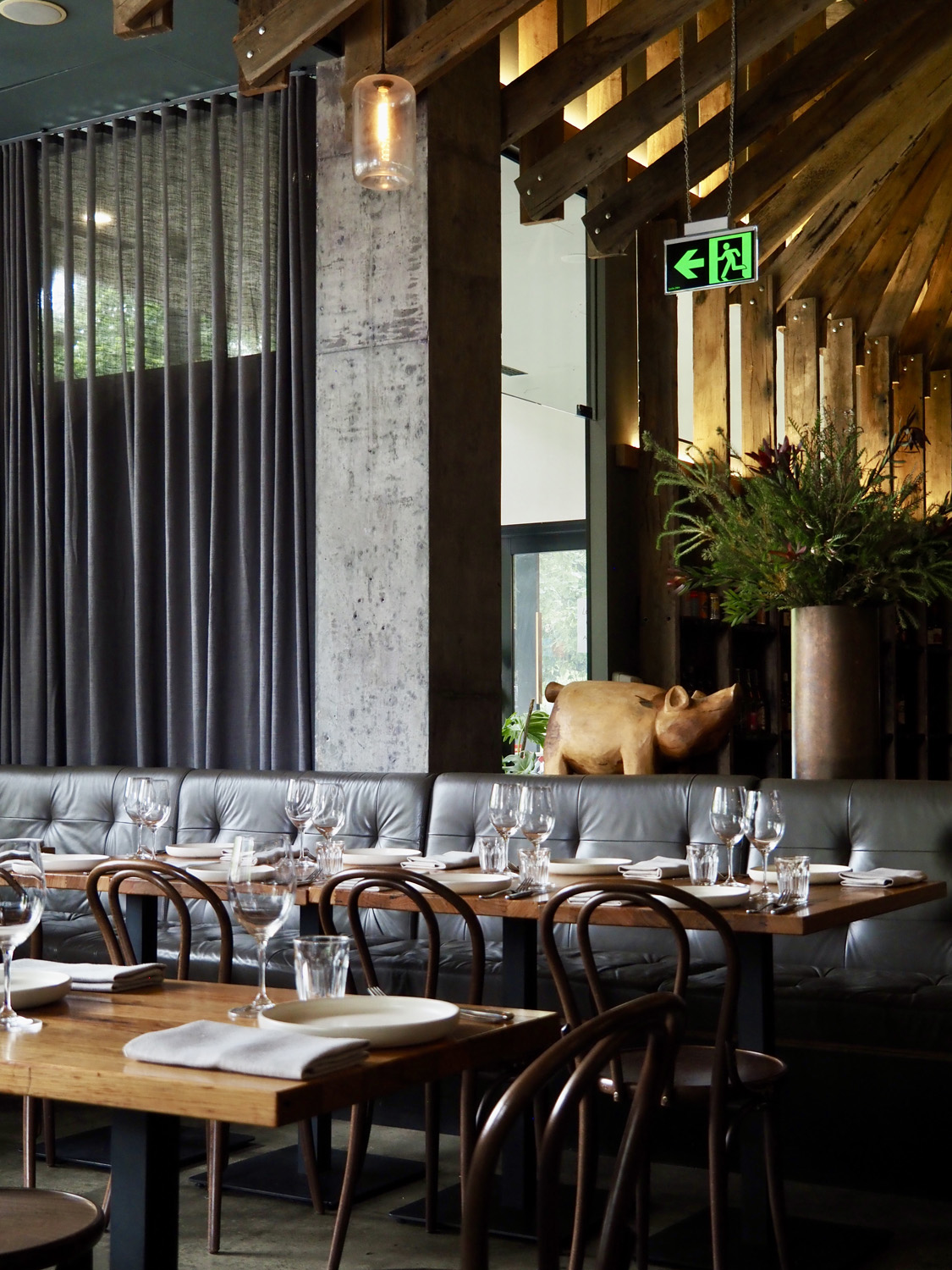
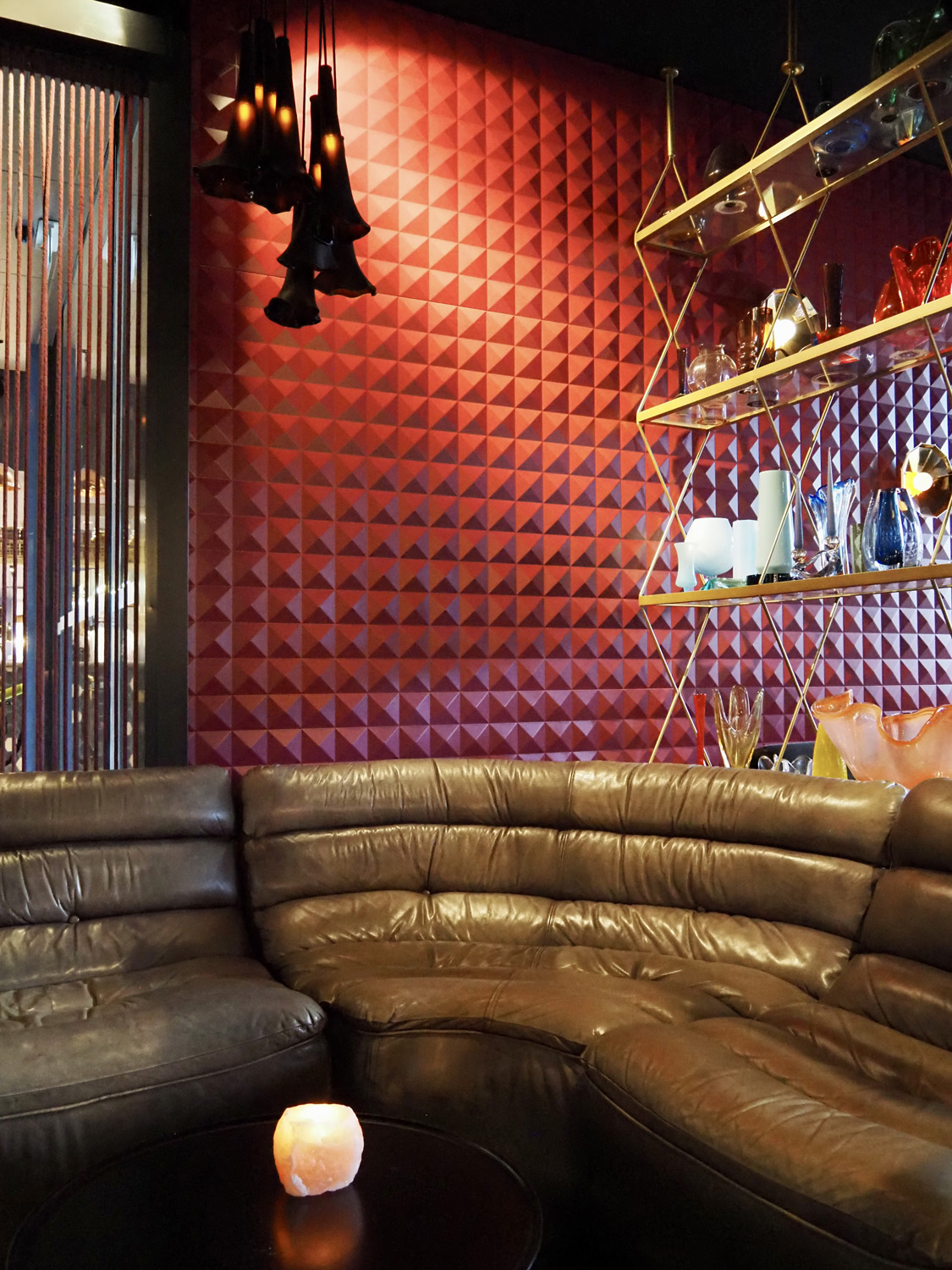
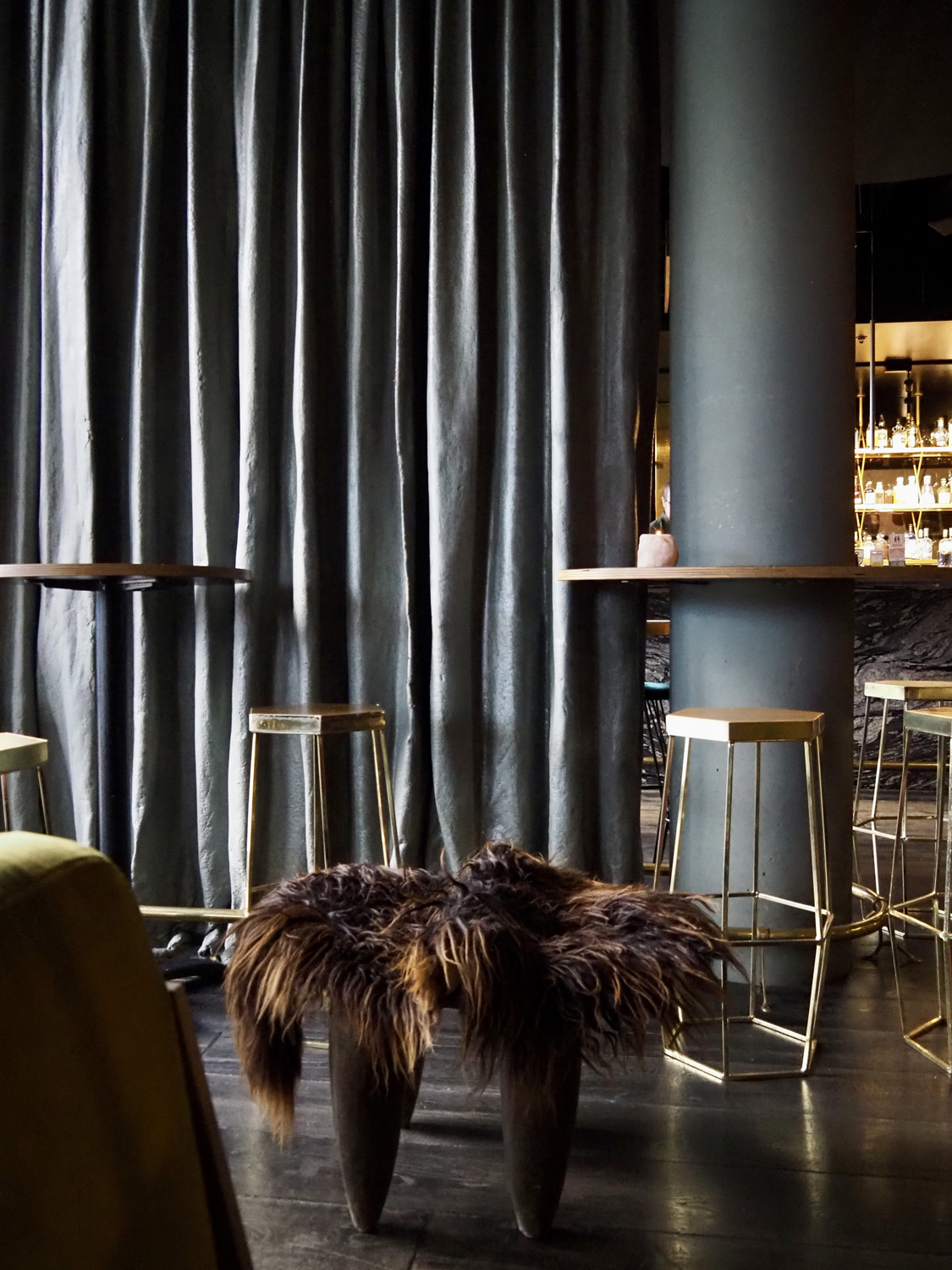

Jason Mowen
- XXXVIII LA Story by Michael Reid OAM April 2024
- XL Pecora Dairy by Michael Sharp July 2024
- XXXIX Joseph McGlennon by Michael Reid OAM May 2024
- XXXVII Julz Beresford by Michael Sharp March 2024
- XXXVI Sydney Contemporary by Jason Mowen February 2024
- XXXV The US of A by Michael Reid OAM December 2023
- XXXIV Scone Grammar School’s principal Paul Smart by Victoria Carey November 2023
- XXXIII AgQuip by Jason Mowen October 2023
- XXXII Tinagroo Stock Horse’s Jill Macintyre by Victoria Carey September 2023
- XXXI The Old Gundy School House by Victoria Carey August 2023
- XXX Annette English by Victoria Carey July 2023
- XXIX The Ghan by Jason Mowen June 2023
- XXVIII All in the family: The Arnotts May 2023
- XXVII A Capital Plan by Jason Mowen March 2023
- XXVI Mandy Archibald March 2023
- XXV Paul West February 2023
- XXIV The Other Newcastle by Jason Mowen January 2023
- XXIII Mount Woolooma Glasshouse at Belltrees December 2022
- XXII Murrurundi to Matino: with Jason Mowen November 2022
- XXI James Stokes October 2022
- XX Adelaide Bragg September 2022
- XIX Tamara Dean August 2022
- XVIII Going home: Angus Street July 2022
- XVII Belltrees Public School June 2022
- XVI A Road Trip on the New England Highway May 2022
- XV David and Jennifer Bettington: from horses to houses April 2022
- XIV Denise Faulkner: Art of the Garden March 2022
- XIII Childhood memories: Willa Arantz February 2022
- XII Riding ahead: Giddiup January 2022
- XI Ingrid Weir’s rural life December 2021
- X Life by design: William Zuccon November 2021
- IX Life on the land: The Whites October 2021
- VIII Goonoo Goonoo Station September 2021
- VII Murrurundi: a garden playground August 2021
- VI Pat’s Kitchen July 2021
- V A creative life: Charlotte Drake-Brockman June 2021
- IV Magpie Gin May 2021
- III The Cottage, Scone April 2021
- II At home with Jason Mowen March 2021
- I A town that performs February 2021

















